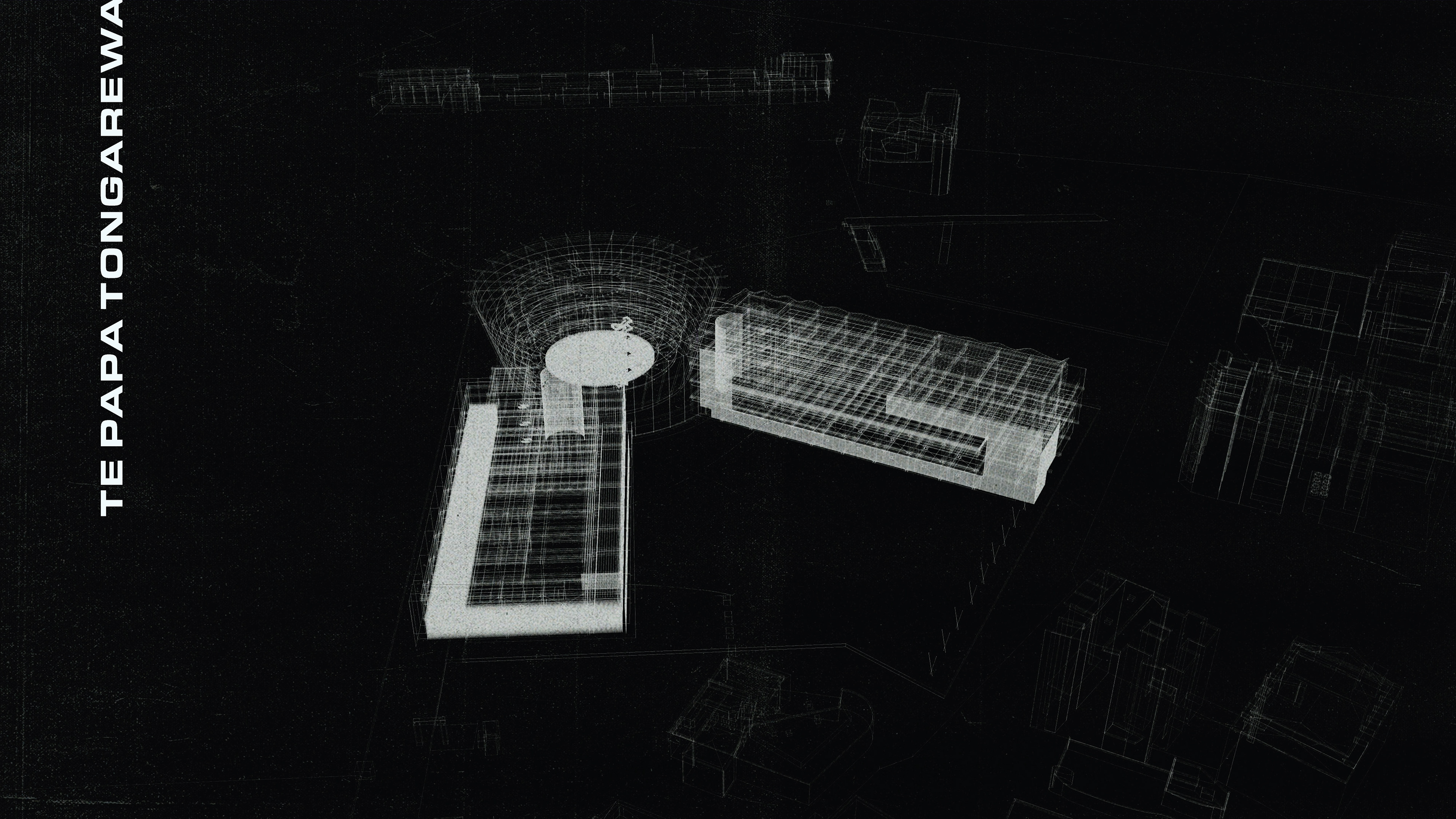
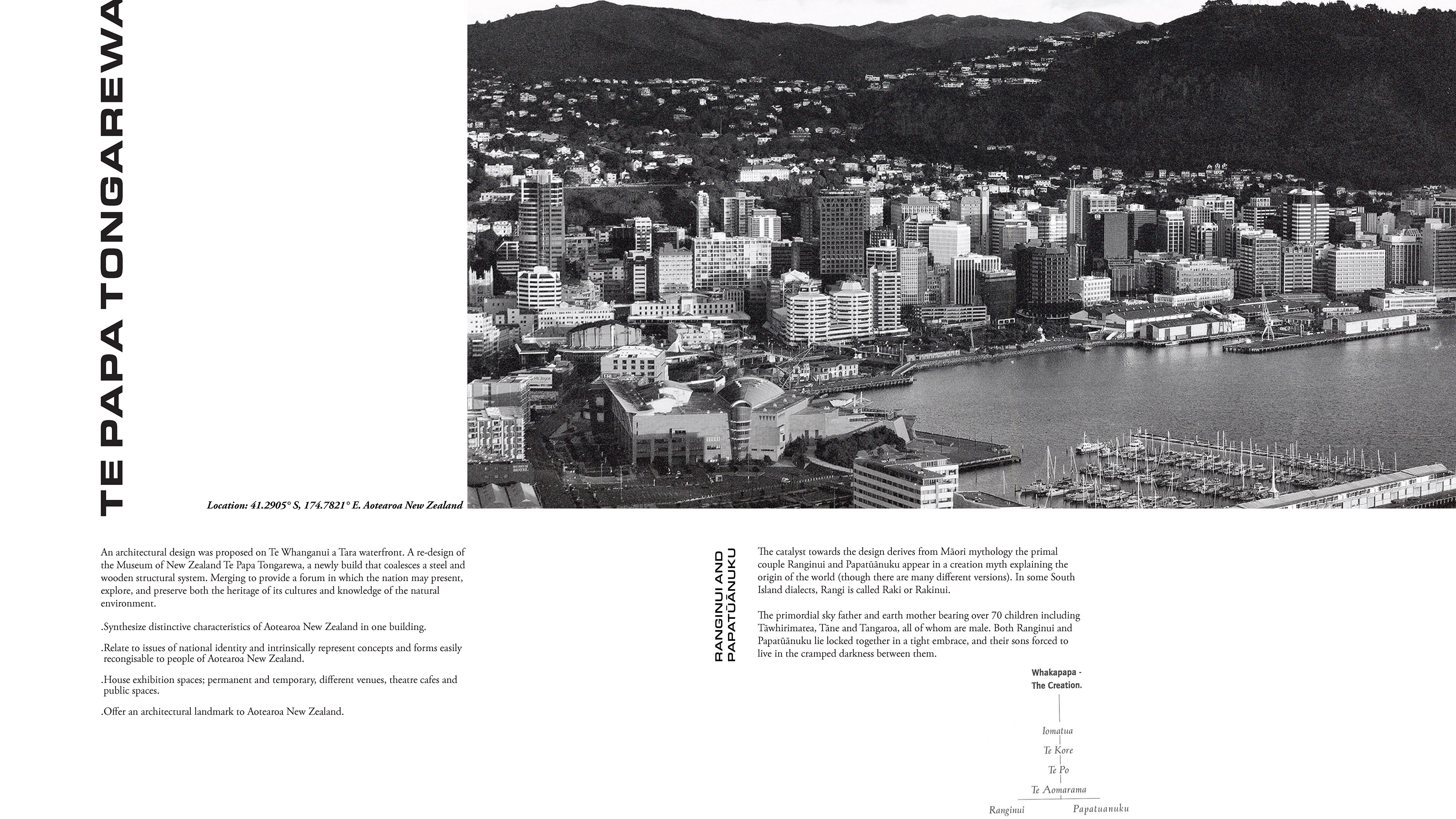

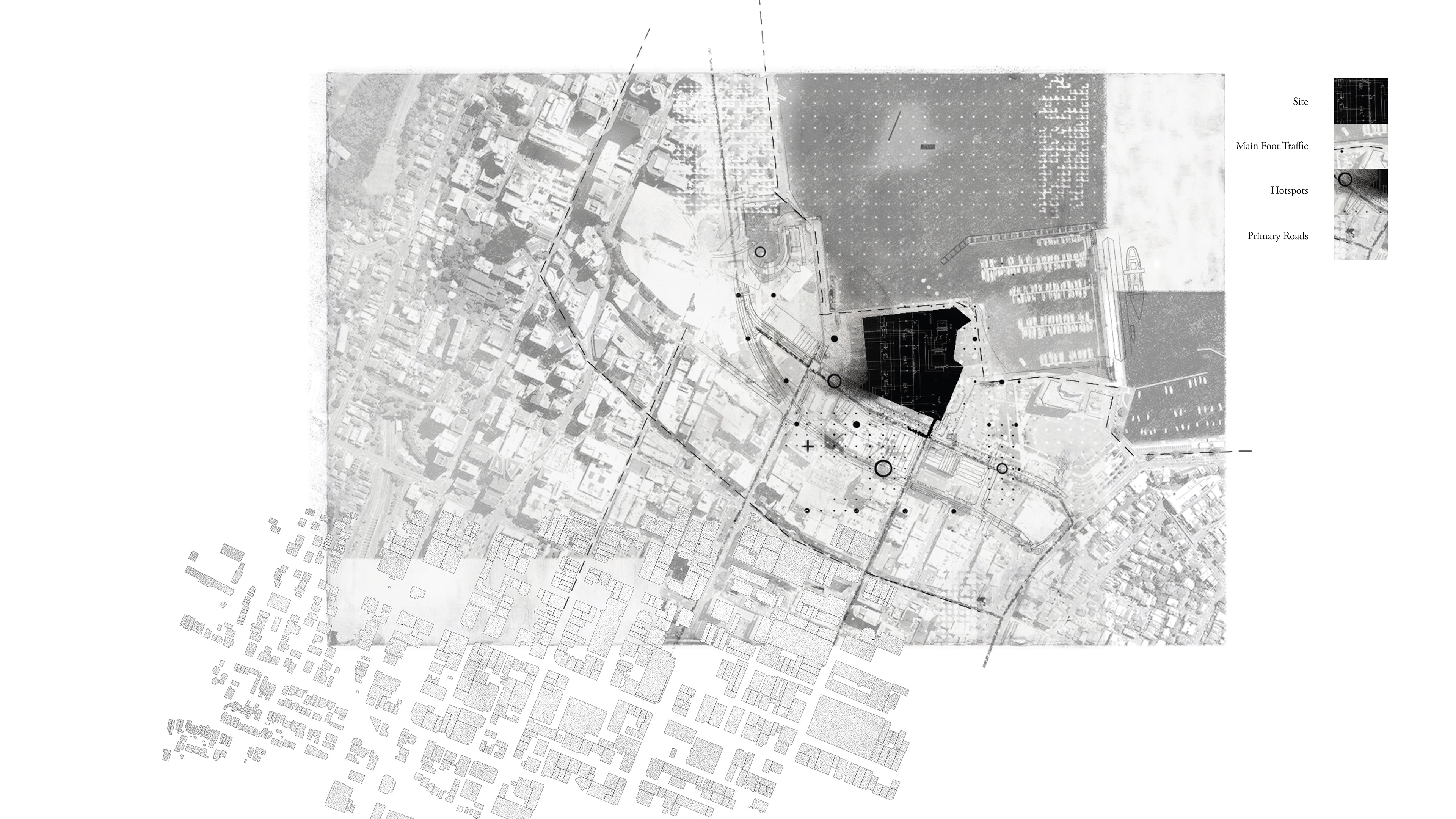


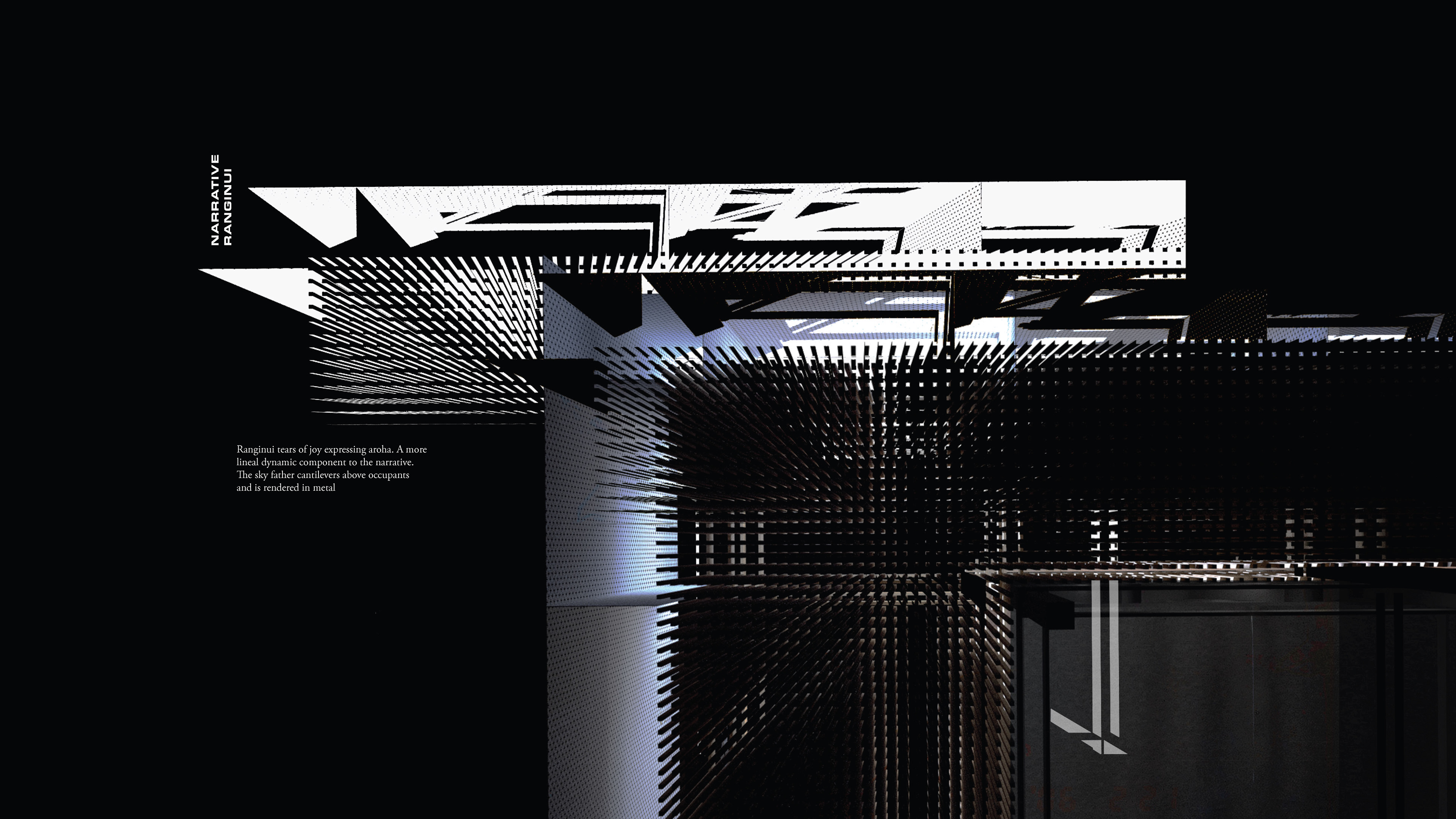
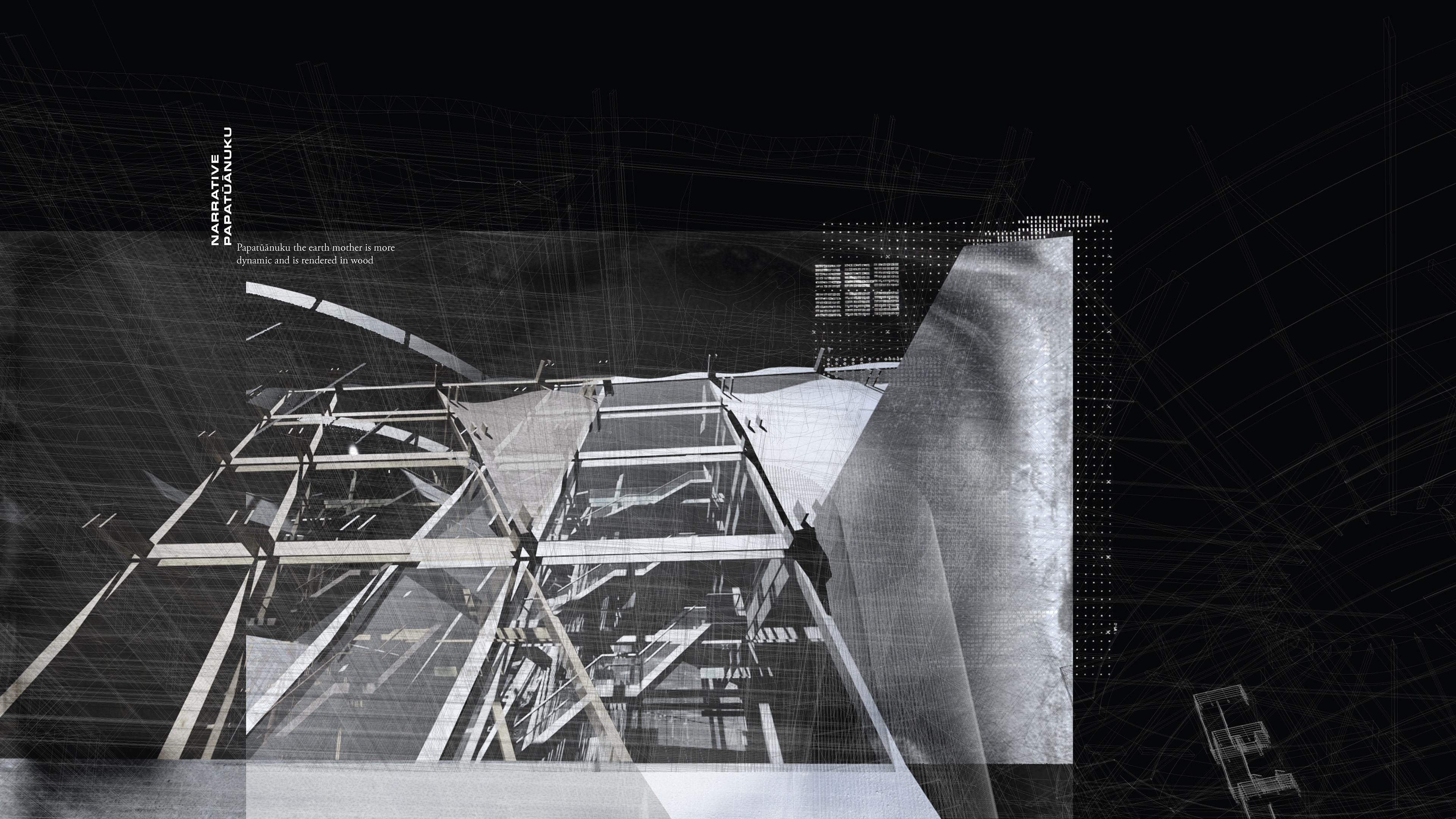
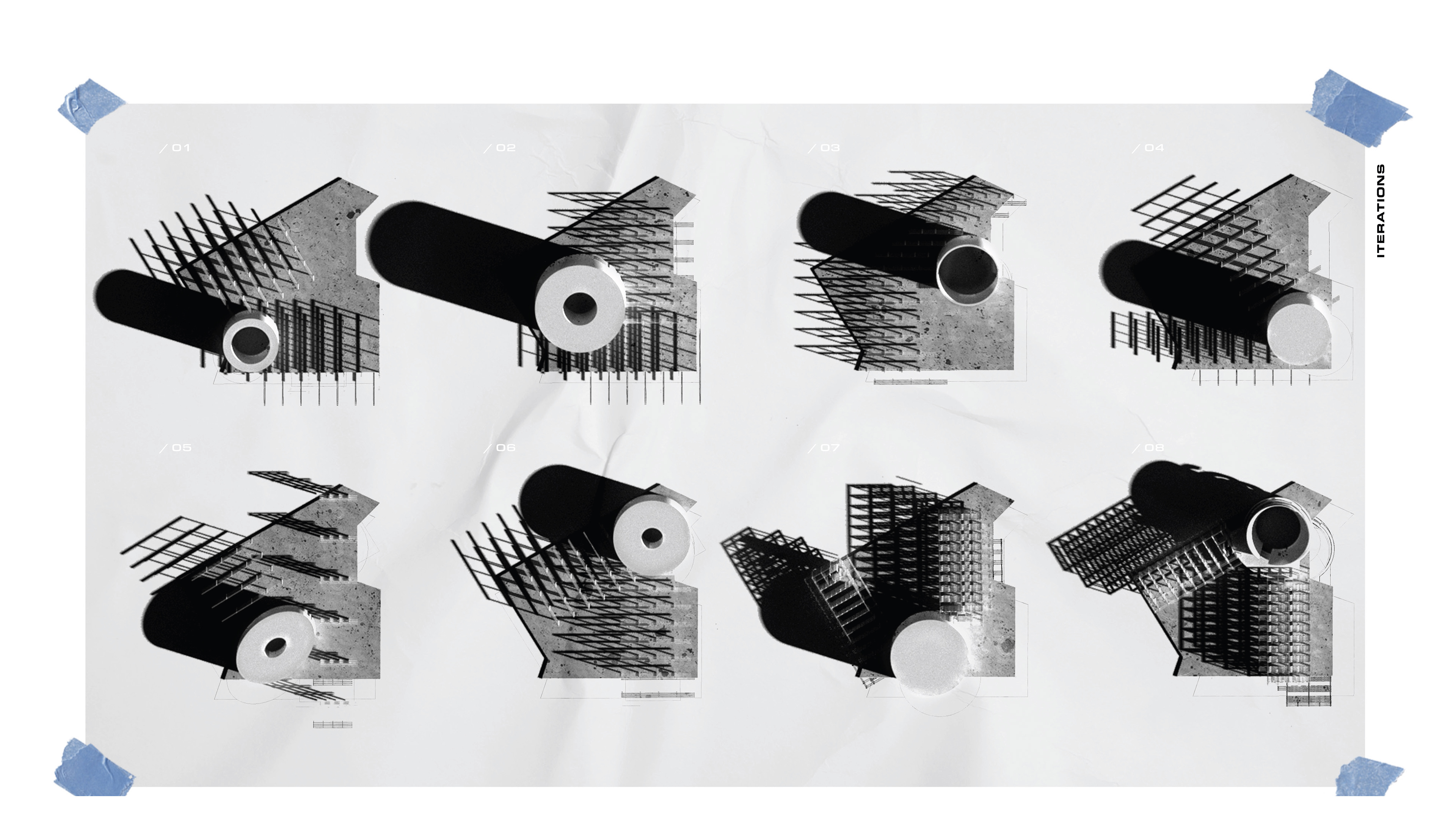
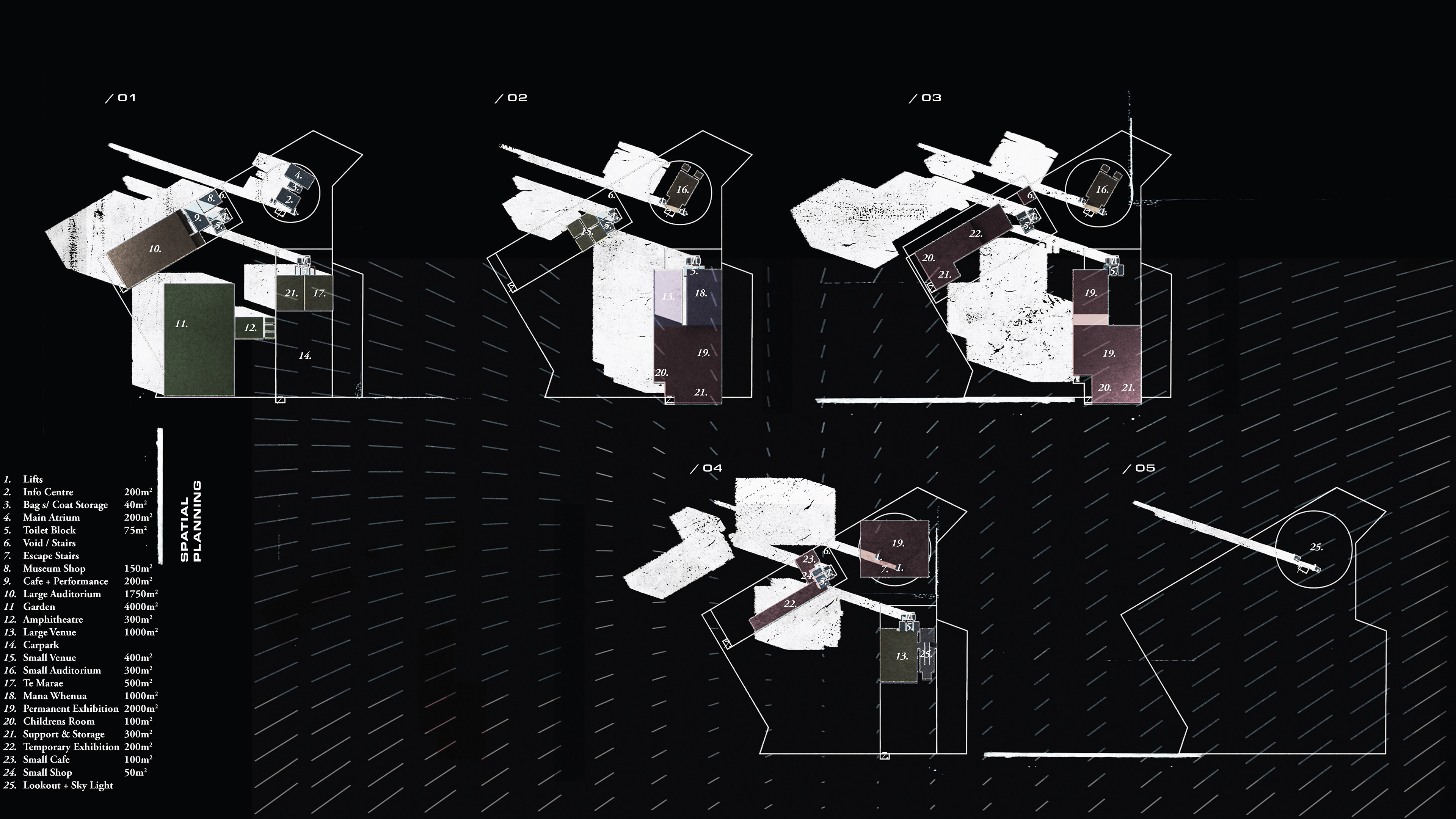

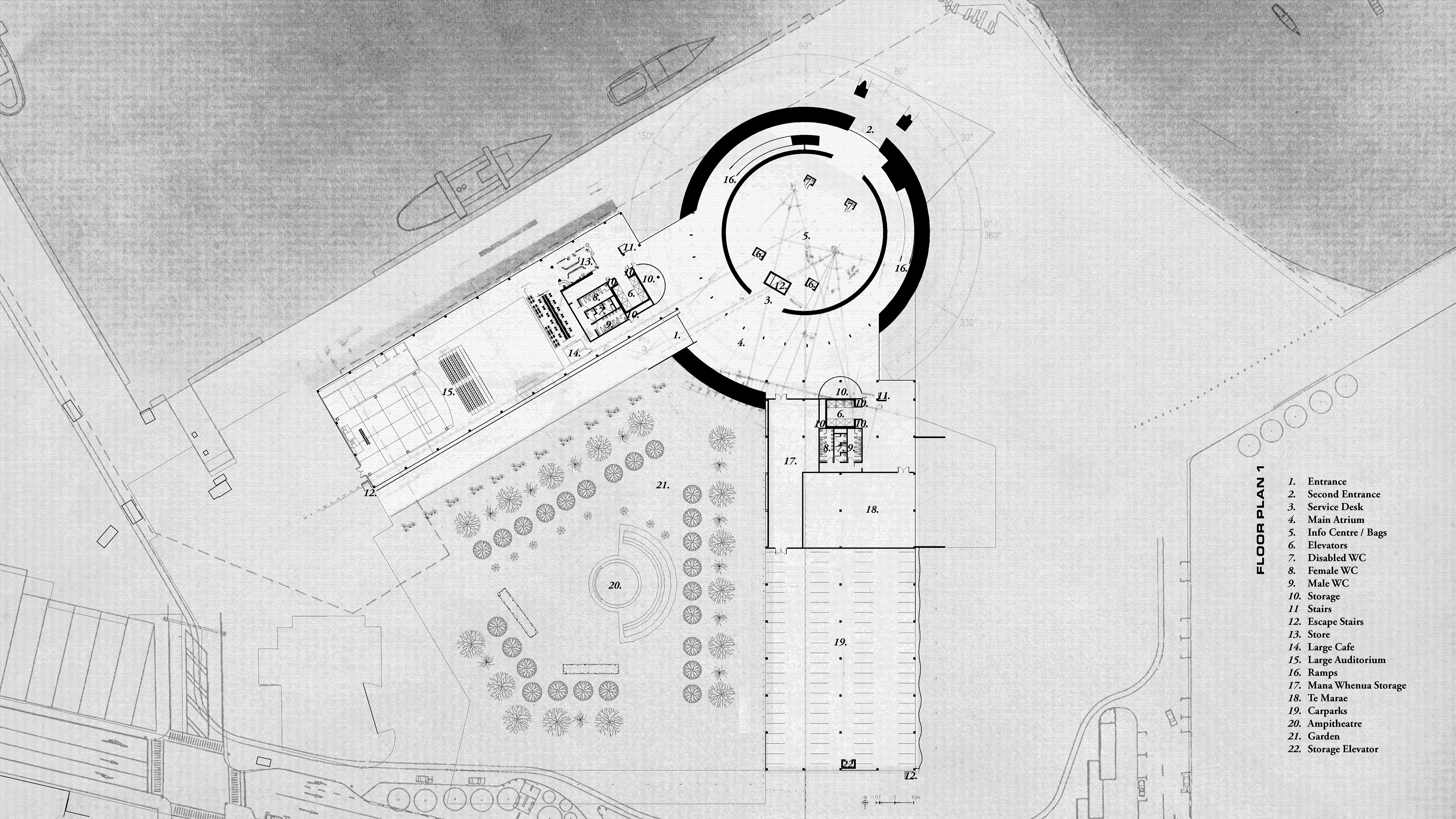

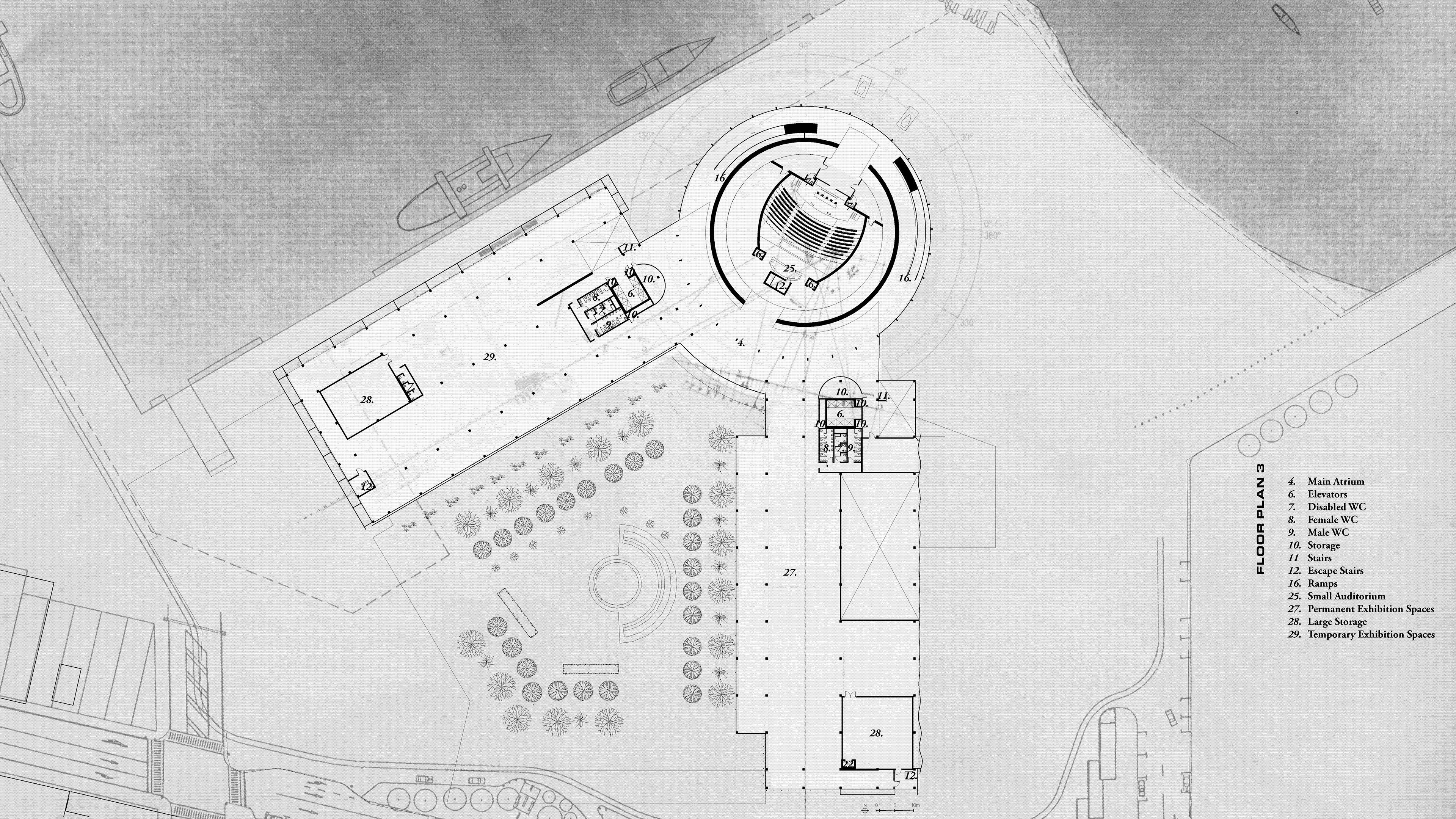
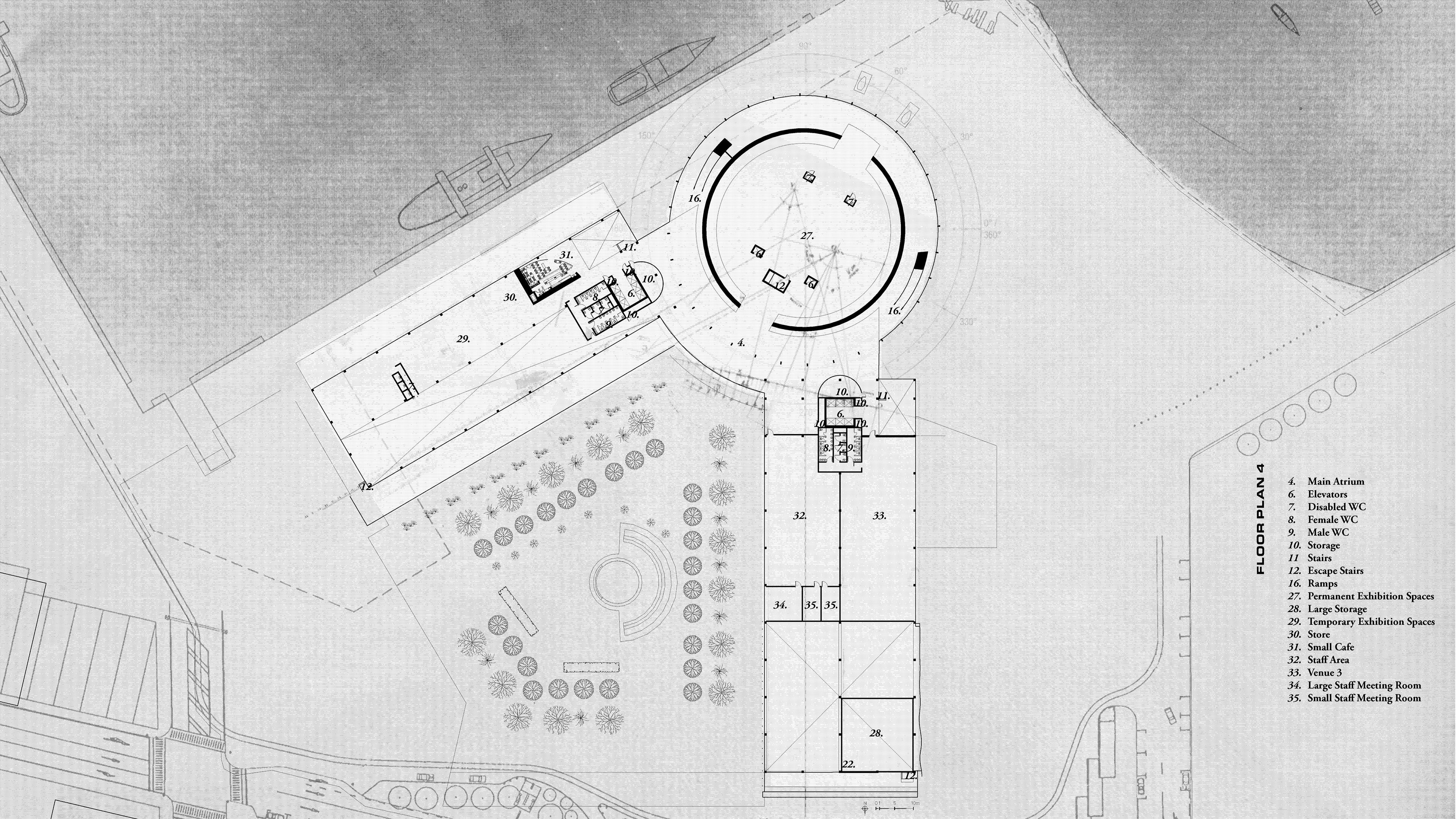
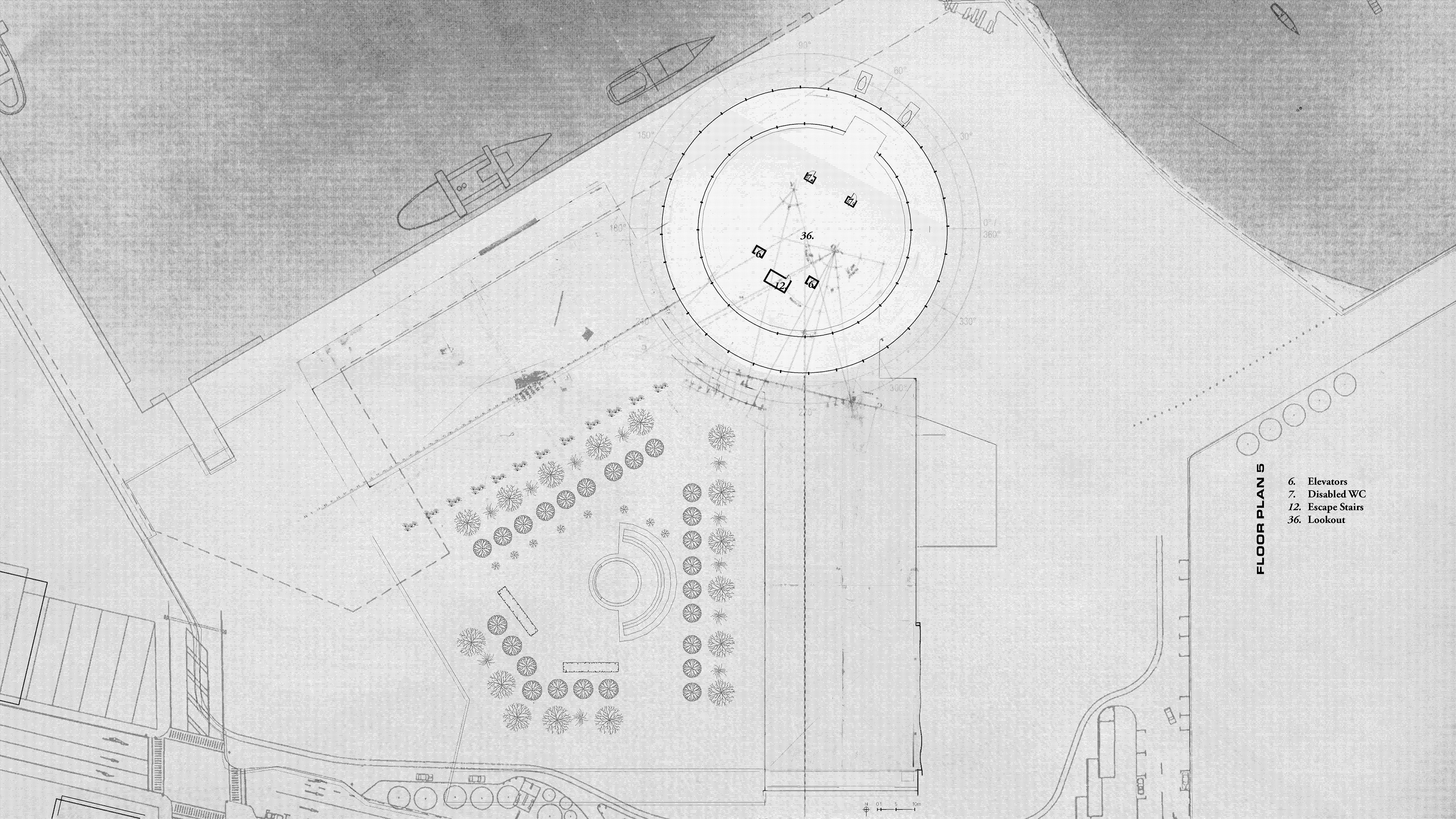

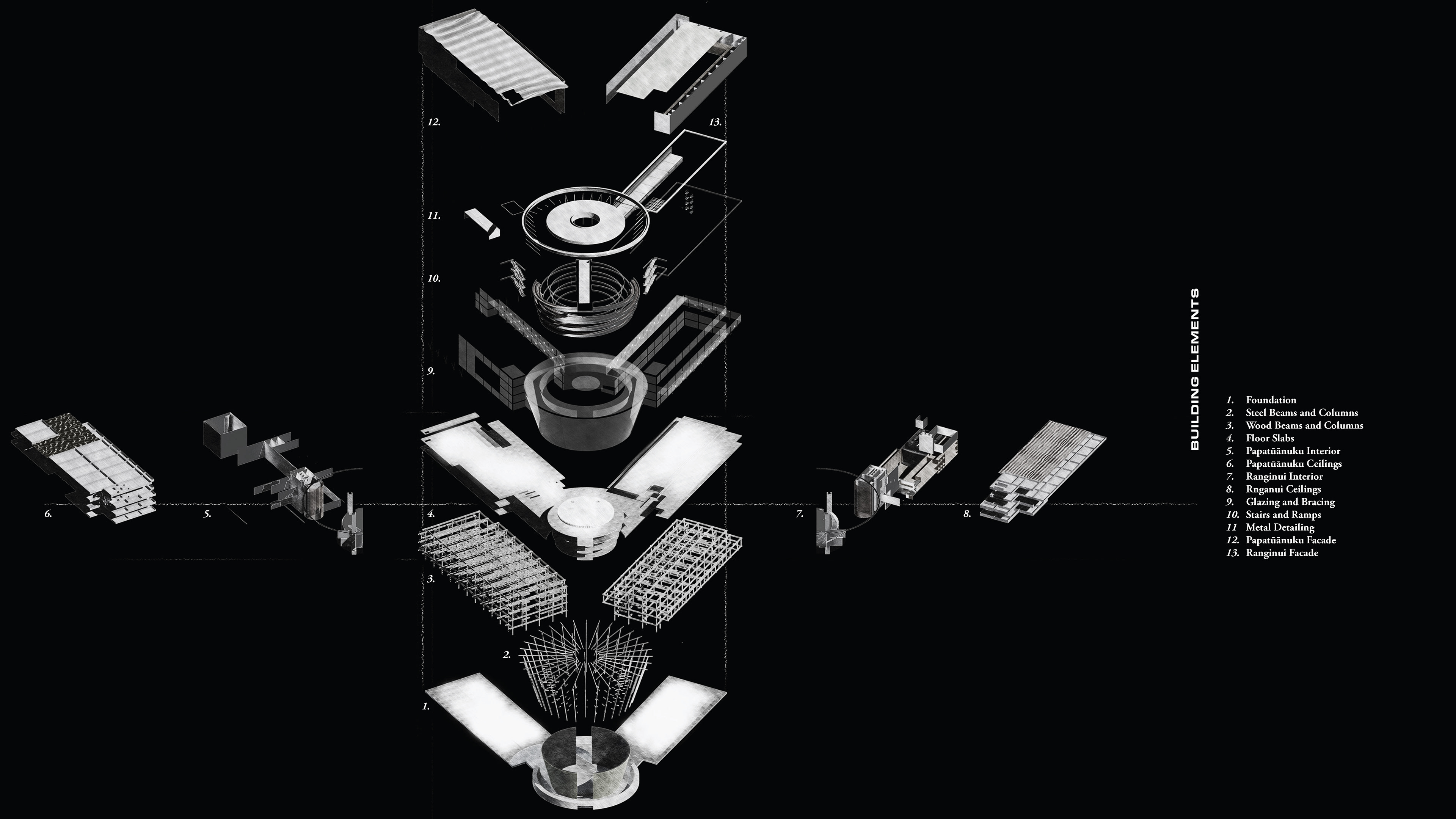


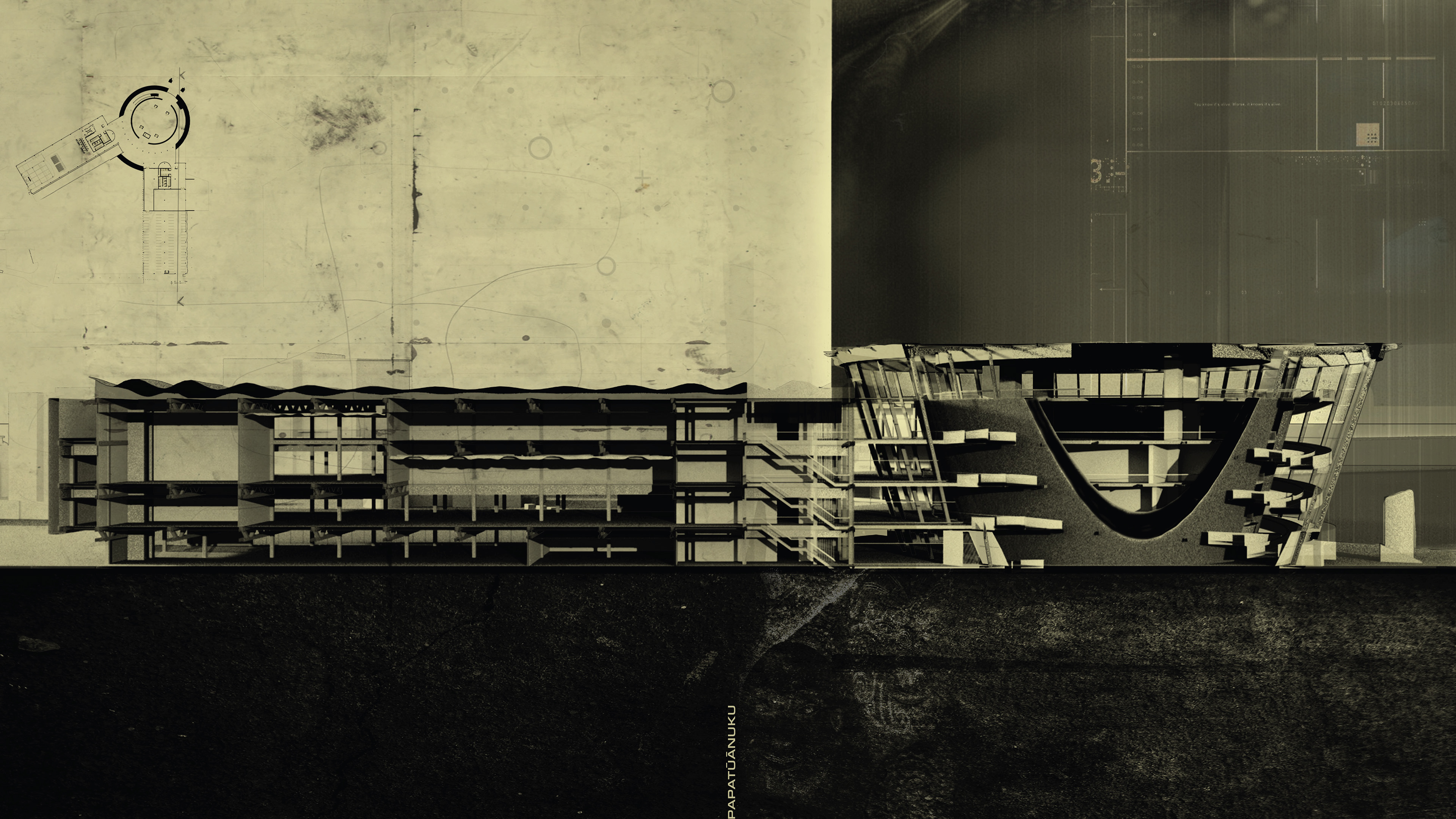
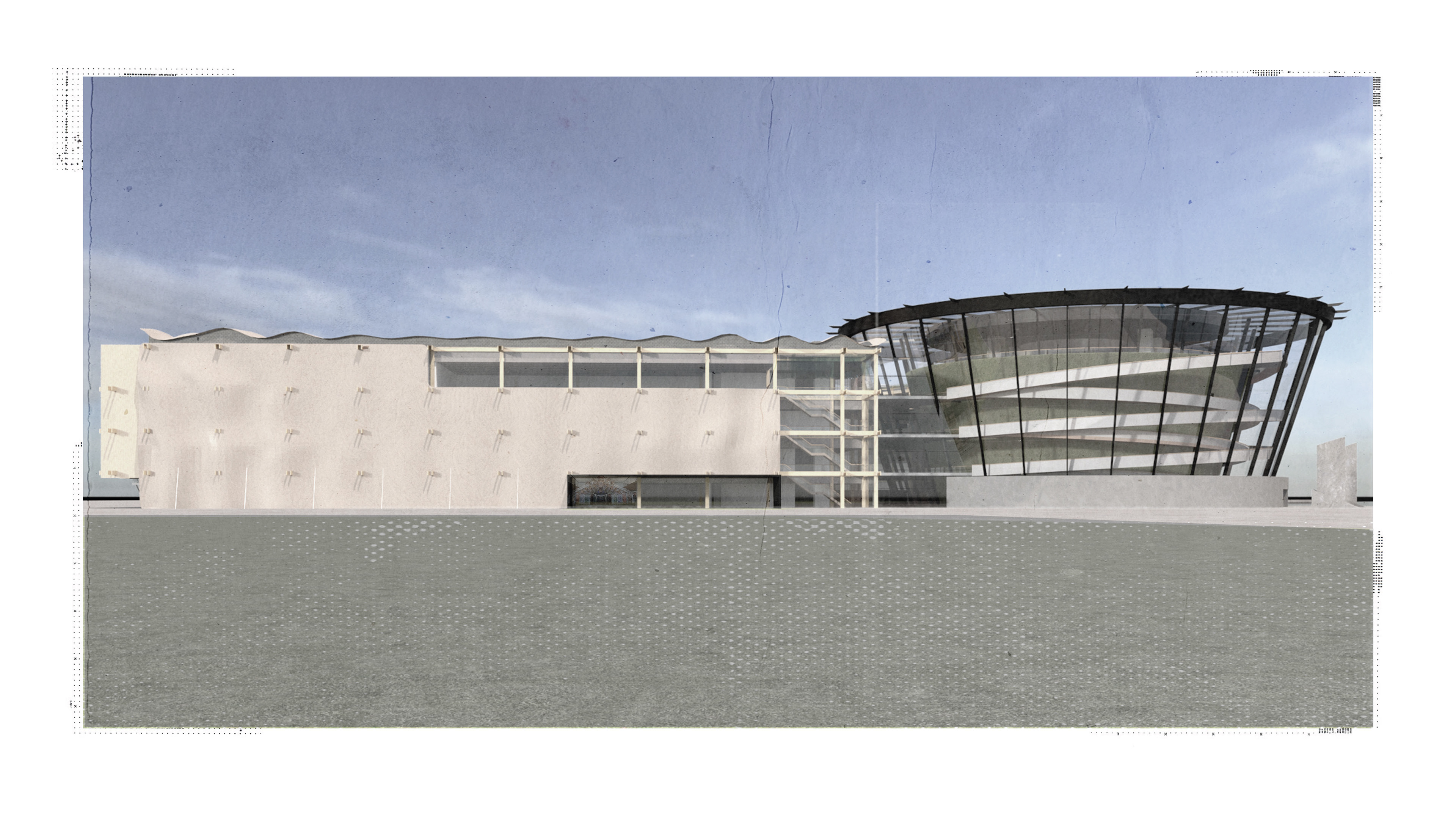




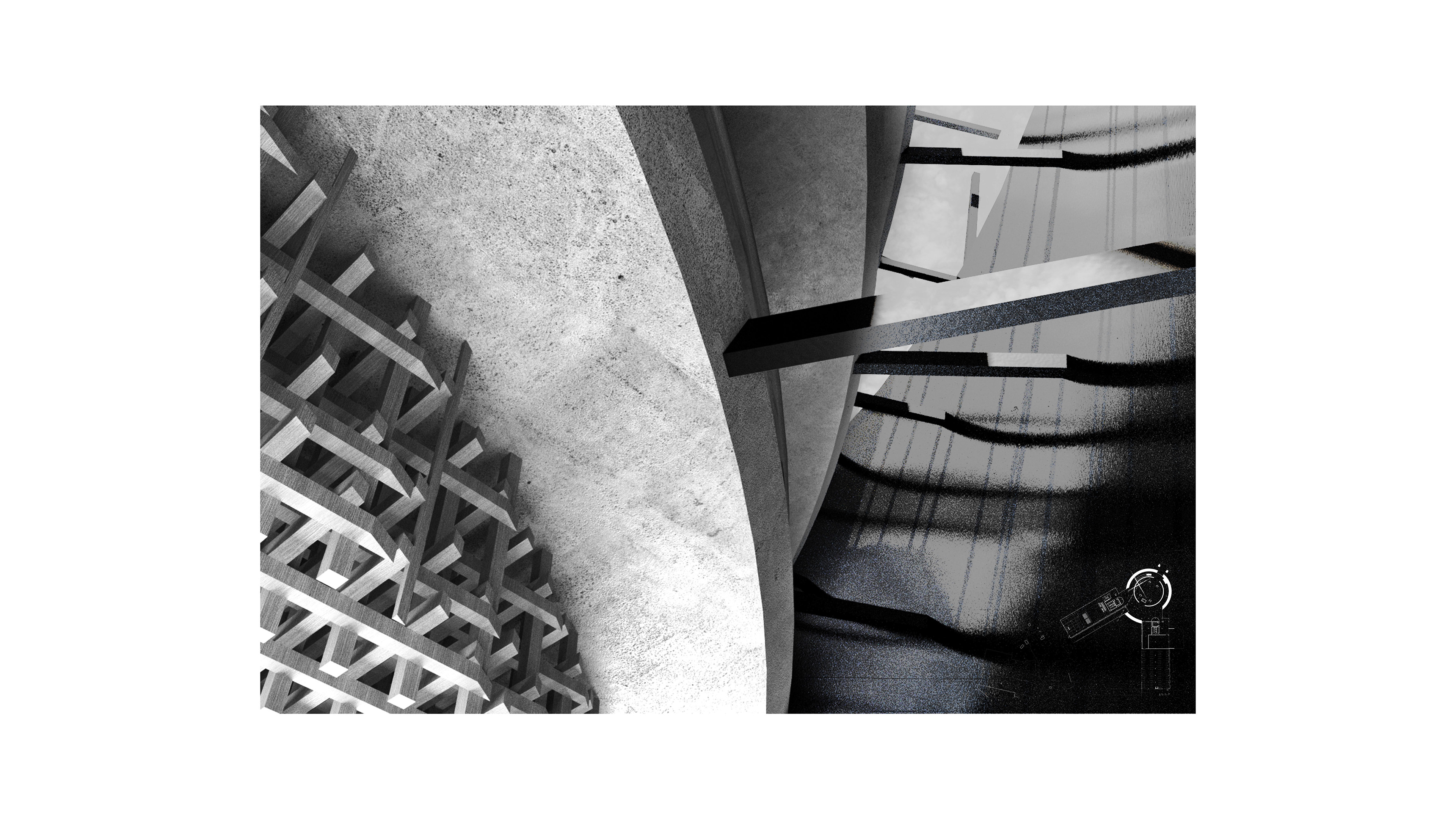
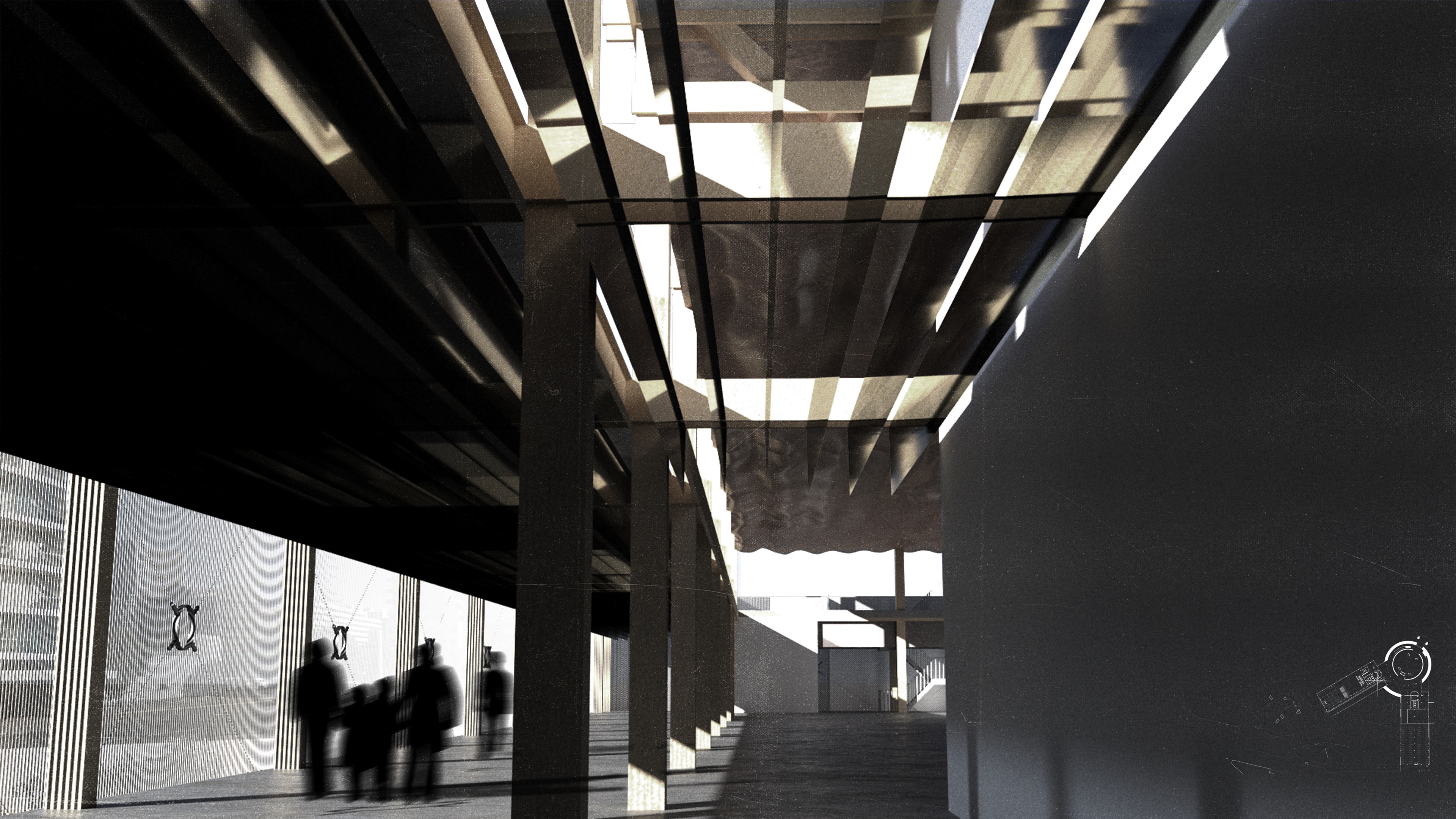
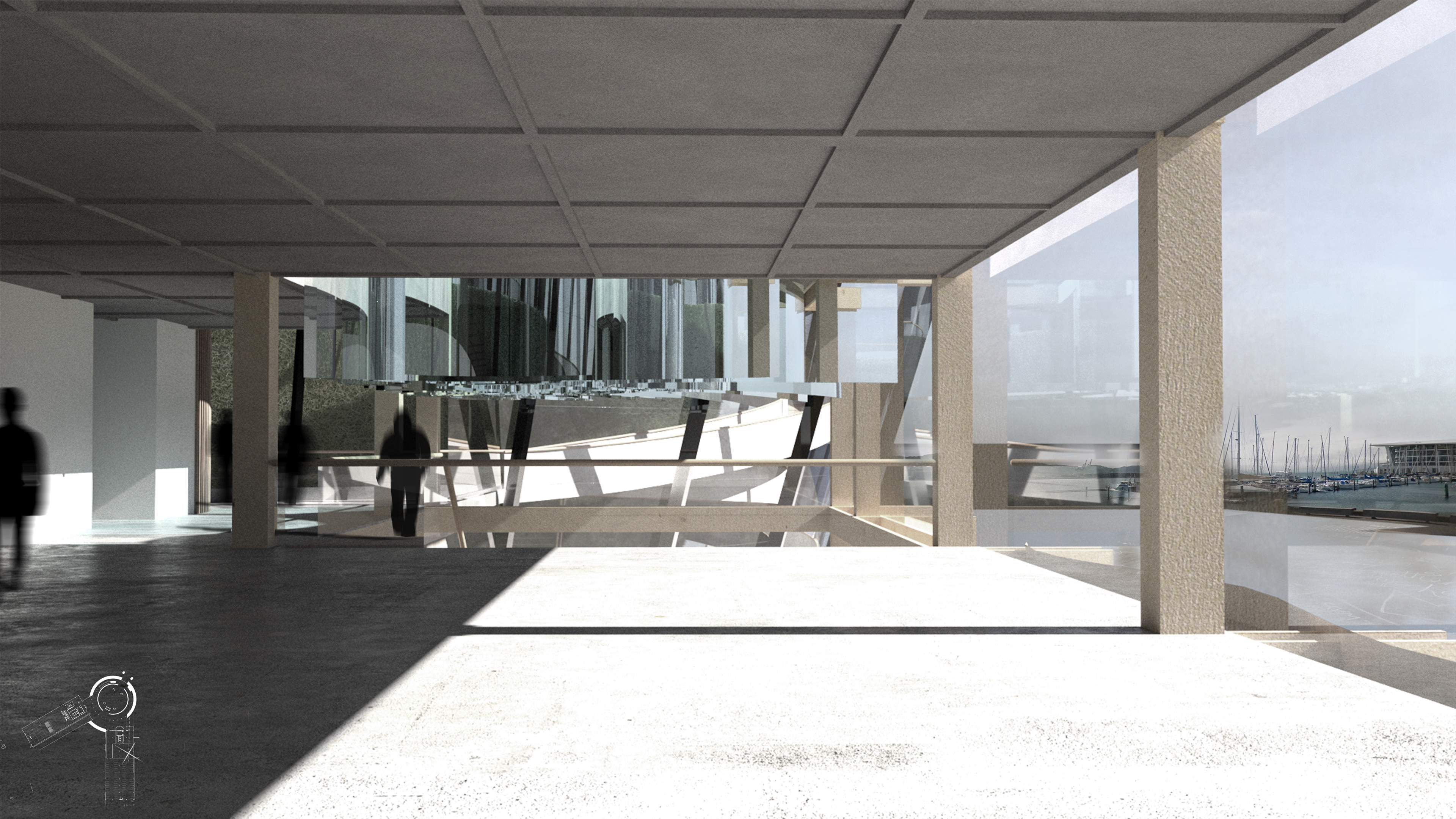
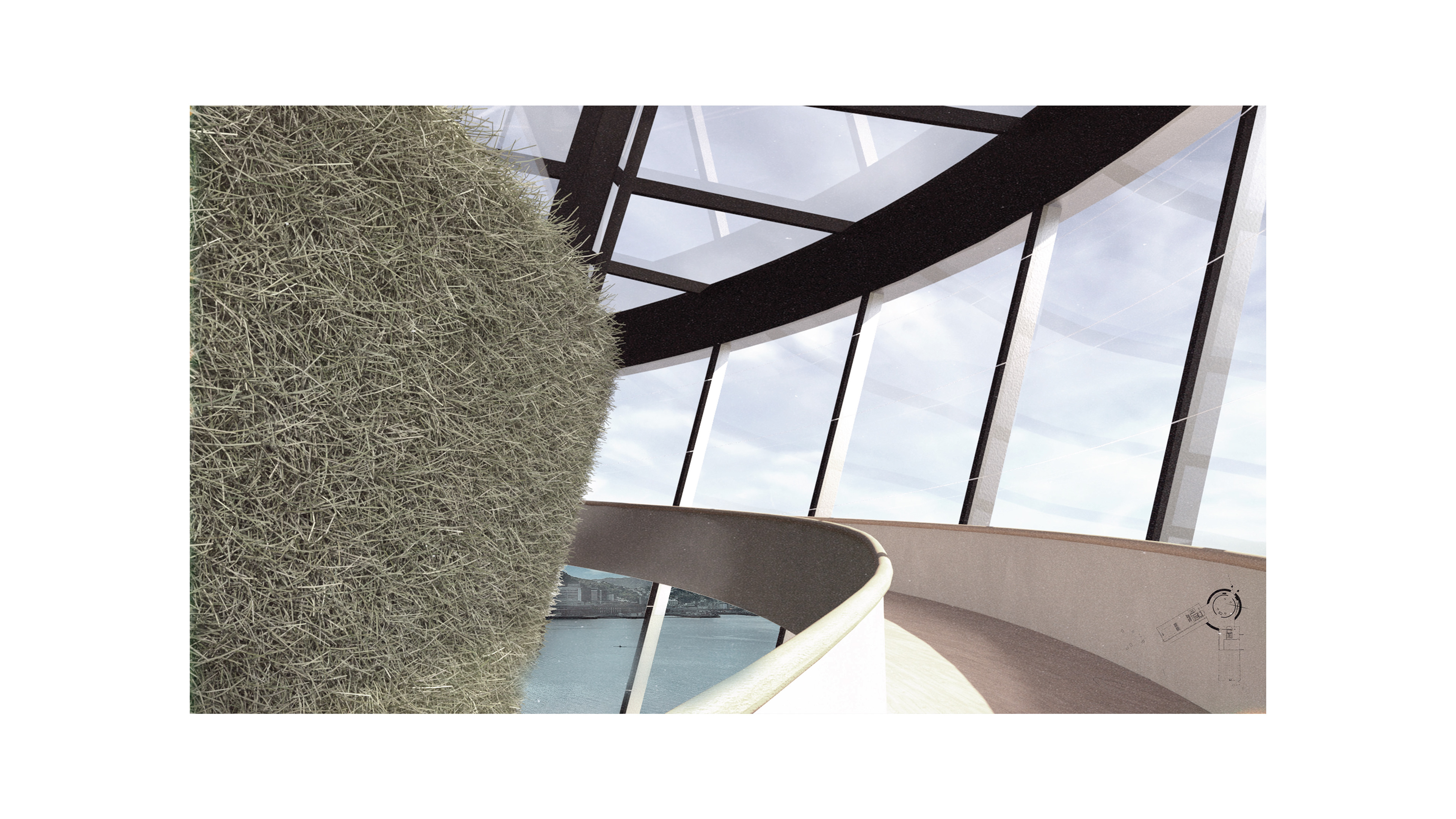
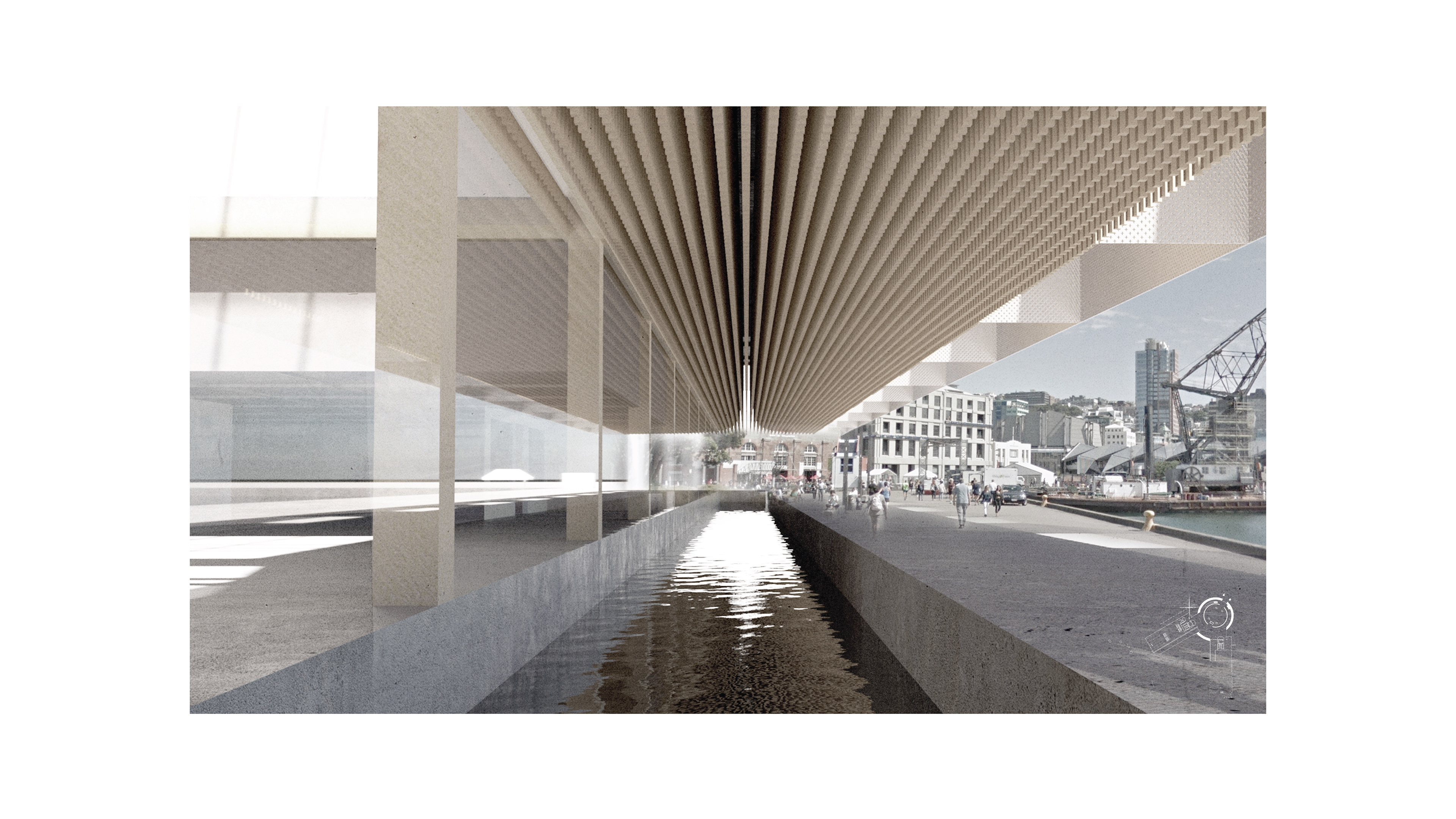
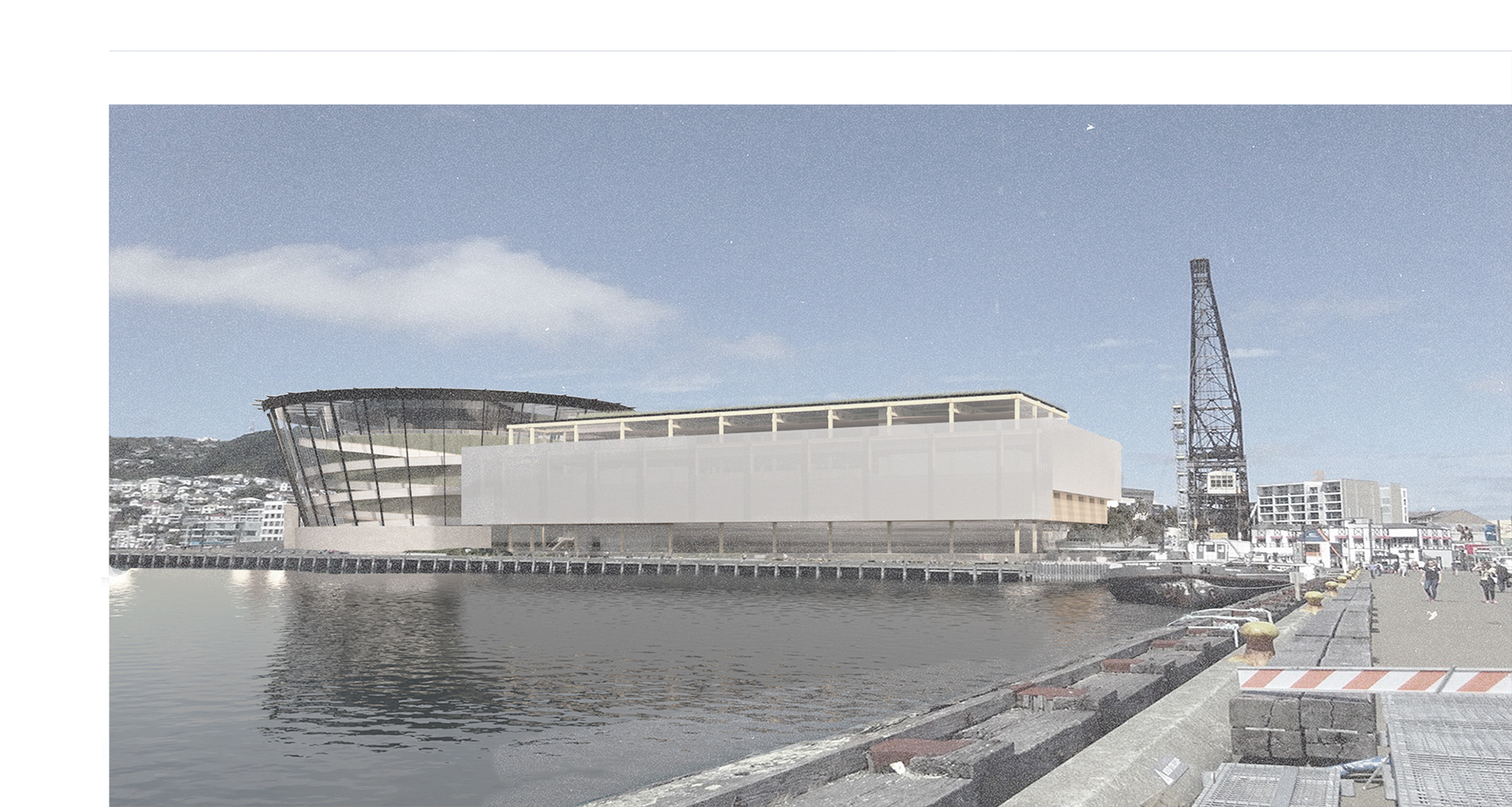
ARCHITECTURE DESIGN II | PROJECT TWO - STEEL AND WOOD | TE PAPA TONGAREWA
An architectural design was proposed on Te Whanganui a Tara waterfront. A re-design of the Museum of New Zealand Te Papa Tongarewa, a newly built, one that coalesces a steel and wooden structural system — merging to provide a forum where the nation may present, explore, and preserve the heritage of its cultures and knowledge of the natural environment.
The criteria for the design were to:
. Synthesise distinctive characteristics of Aotearoa New Zealand in one building.
.Relate to issues of national identity and intrinsically represent concepts and forms easily recognisable to people of Aotearoa, New Zealand.
.House exhibition spaces; permanent and temporary, different venues, theatre cafes and public spaces.
.Offer an architectural landmark to Aotearoa, New Zealand.
The inspiration for the design derives from Māori mythology. Ranginui and Papatūānuku, the primaeval pair, appear in a creation story explaining the universe’s origins (though there are many versions). Rangi is also known as Raki or Rakinui in some South Island languages. Ranginui and Papatūānuku are engaged in a tight hug, and their sons are trapped in the narrow darkness between them. Over 70 offspring were born to the primordial sky father and earth mother, including Tāwhirimatea, Tāne, and Tangaroa, all-male. The following design begins the story of Ranginui and Papatūānuku. Ranginui is encased with metal to represent the sky father’s toughness; pieces are cantilevered, with tears of joy spraying over occupants to convey Aroha. Papatūānuku is soft and curvilinear, reflecting the earth mother’s open-heartedness, who is enveloped in natural wood. The atrium, which welcomes visitors to the museum, embraces Ranginui and Papatūānuku. Rangi and Papa’s children express themselves through and out of the building.
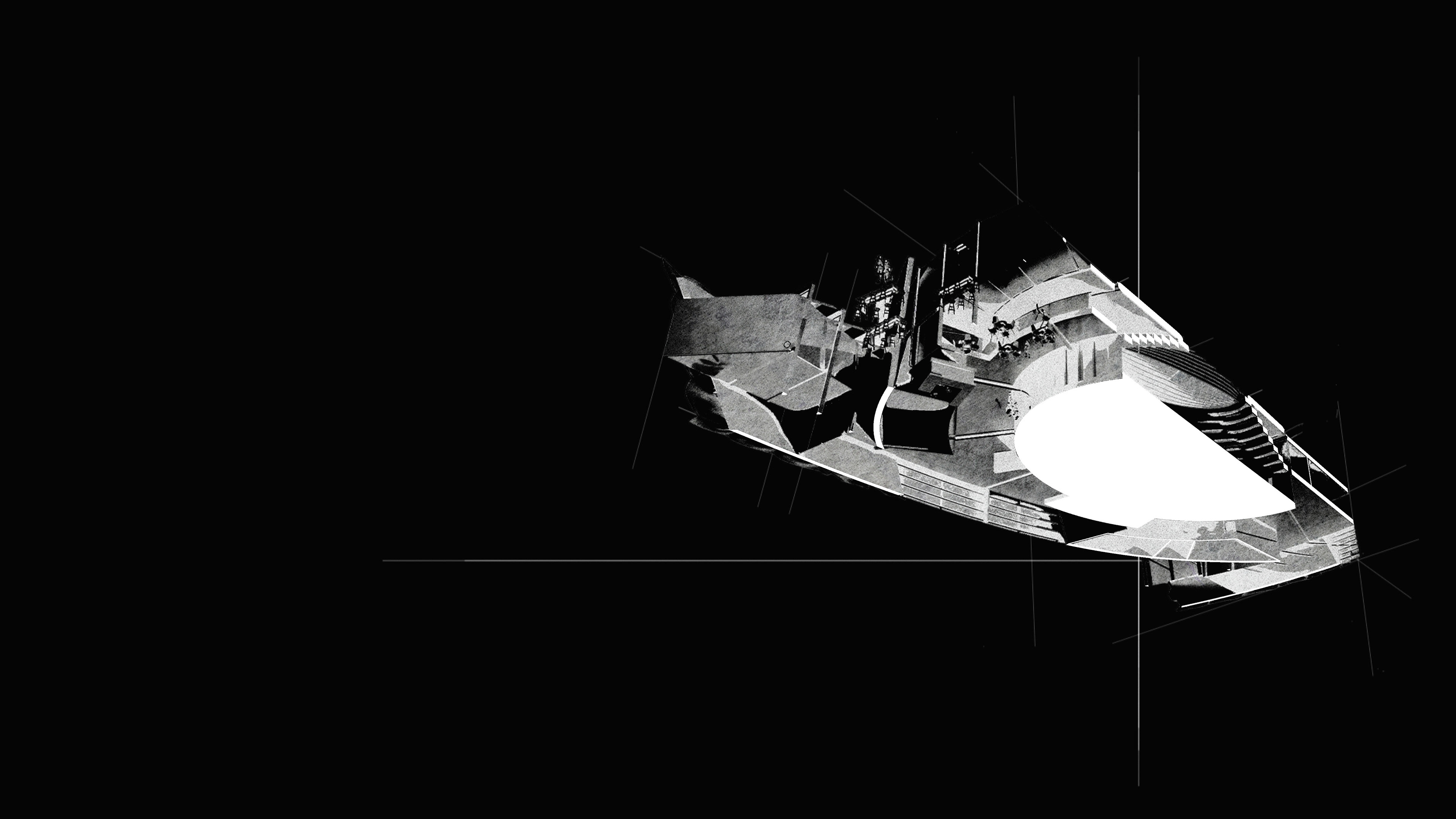
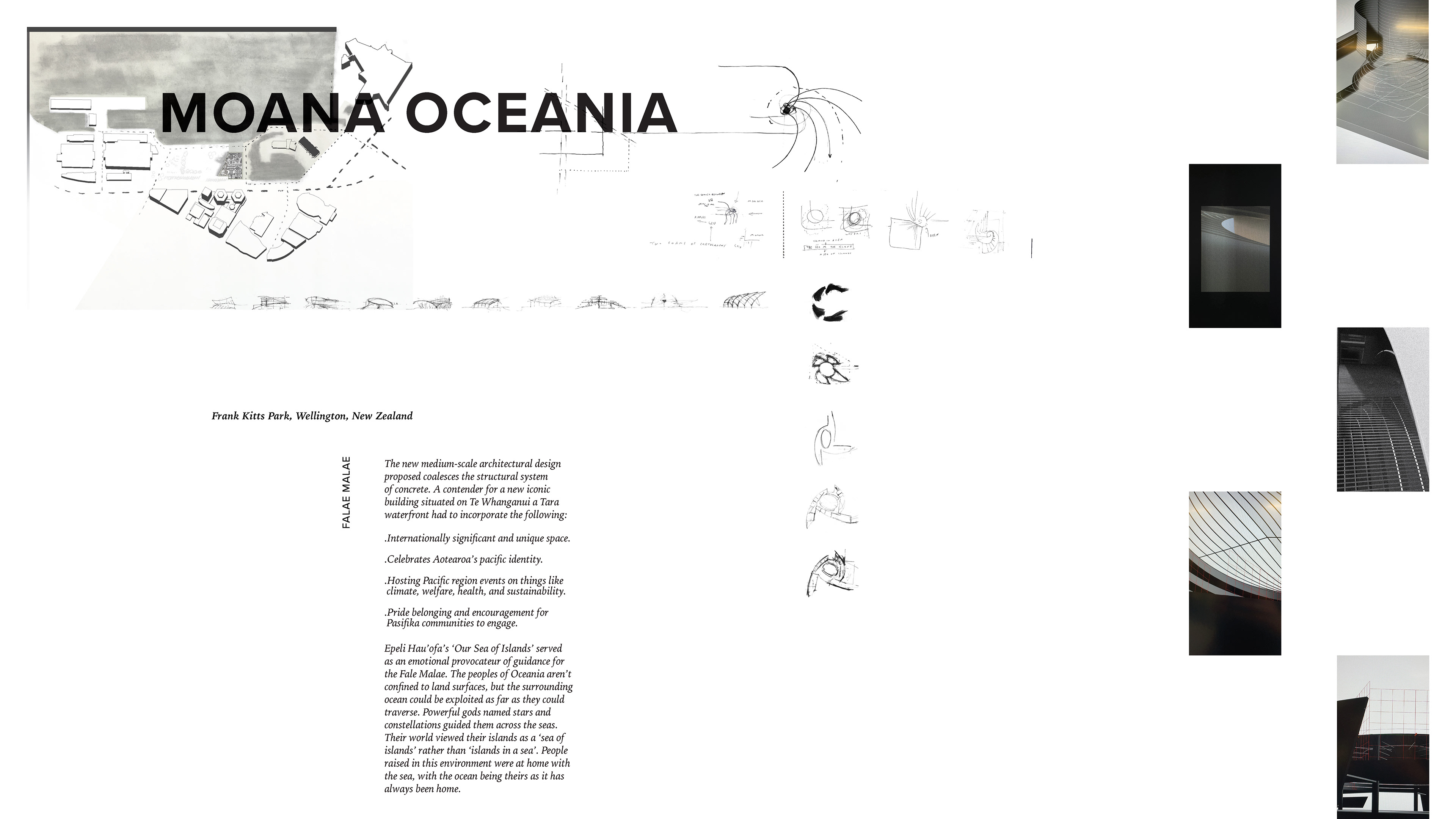
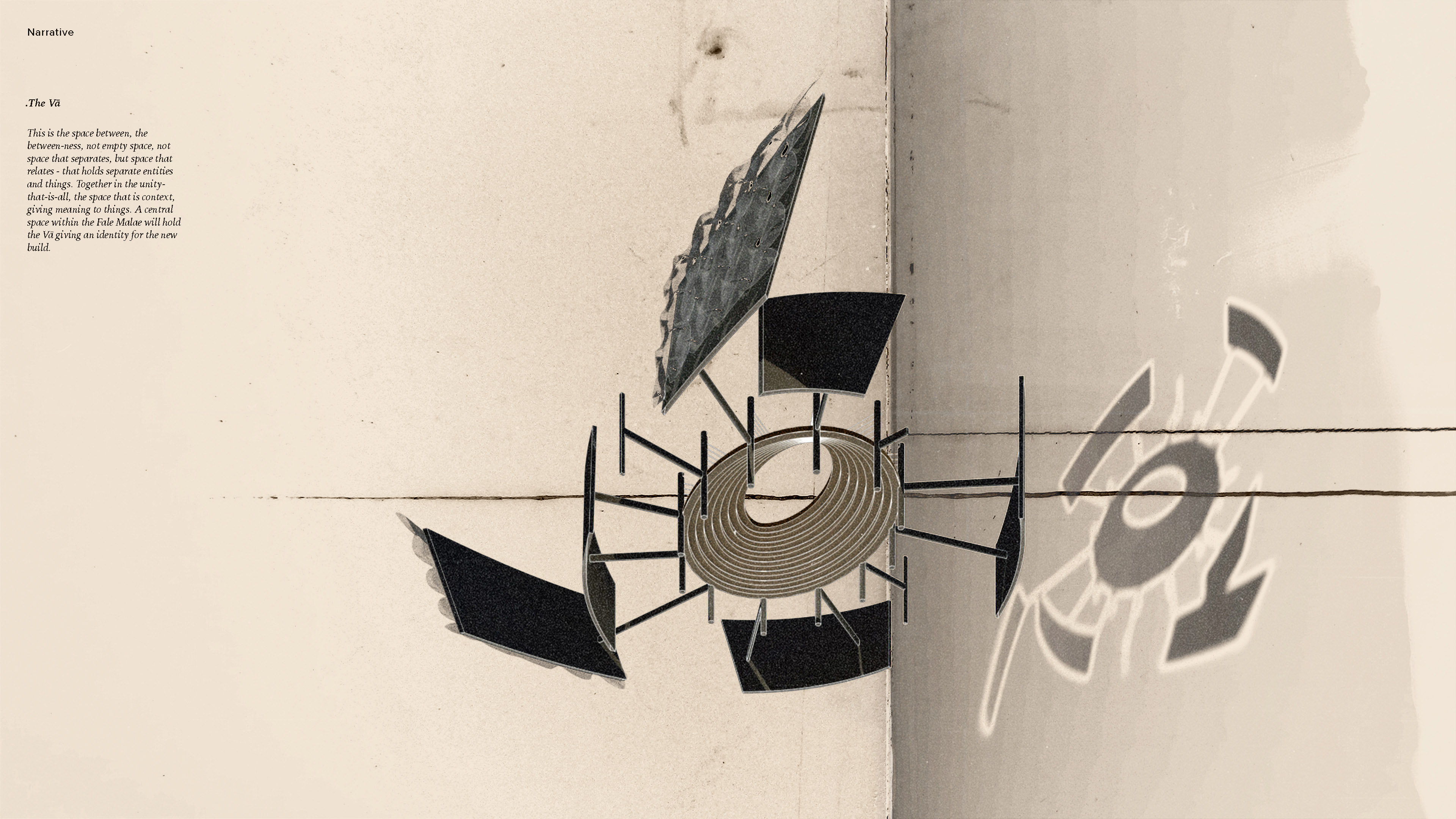
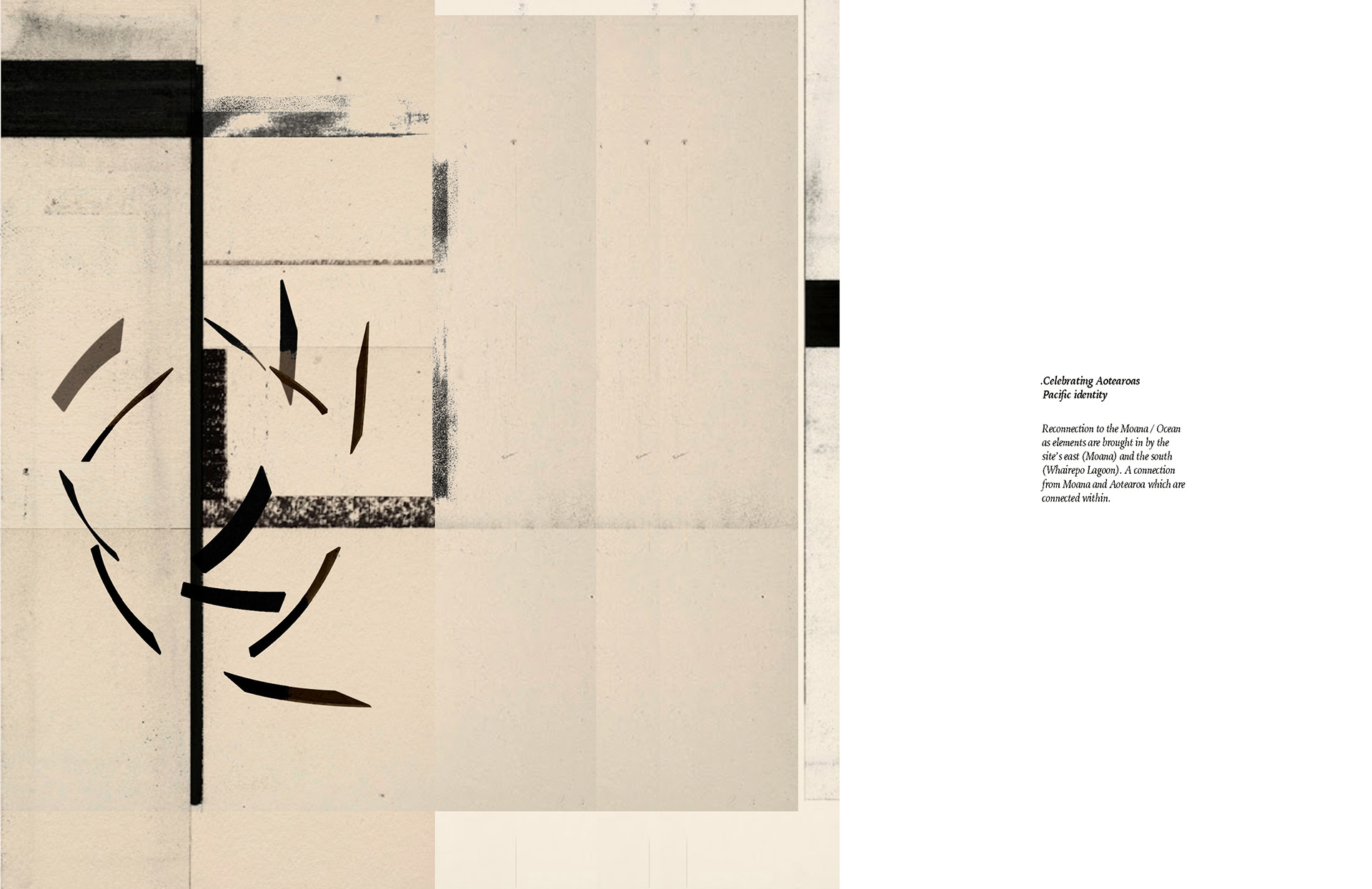


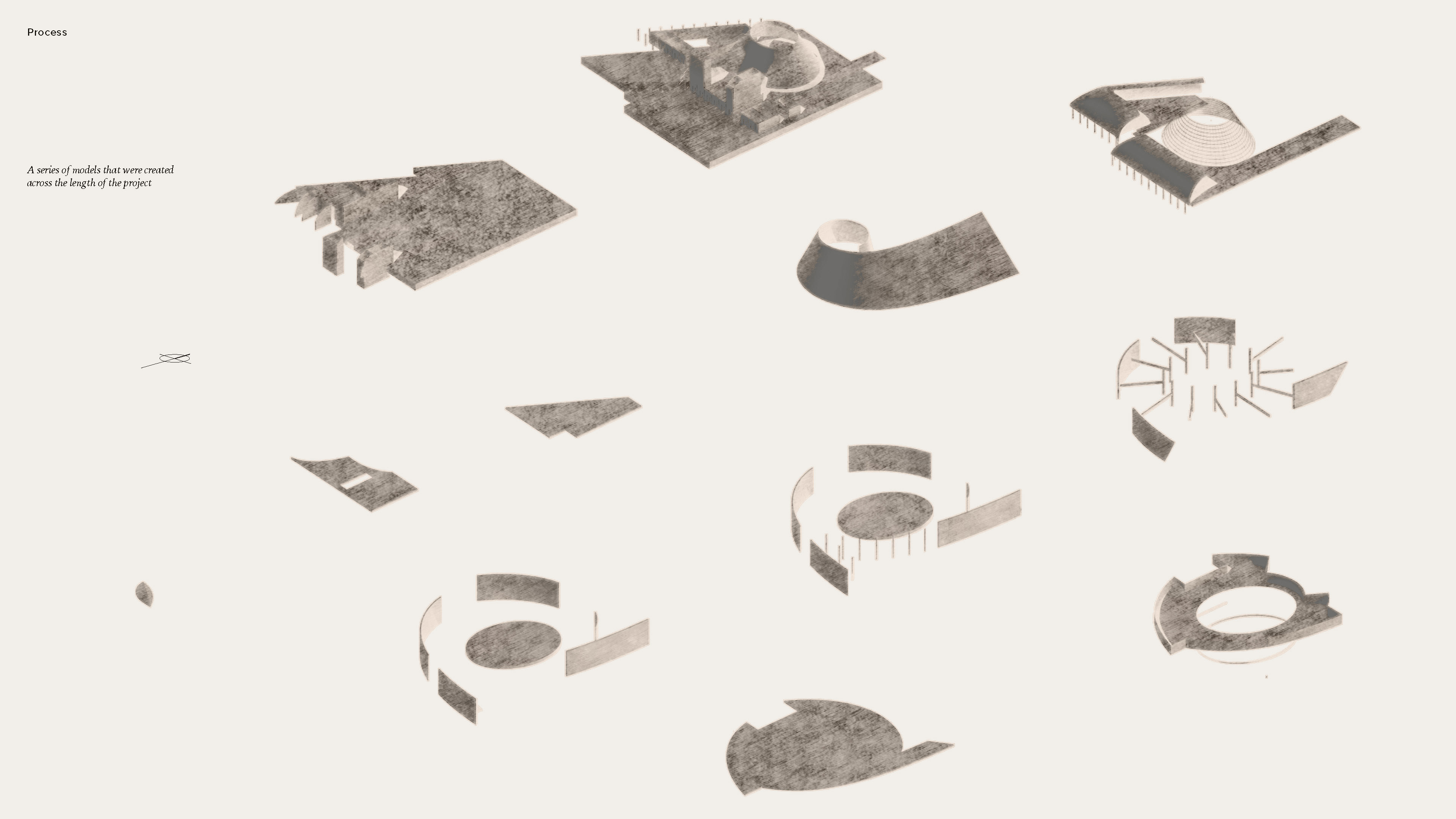
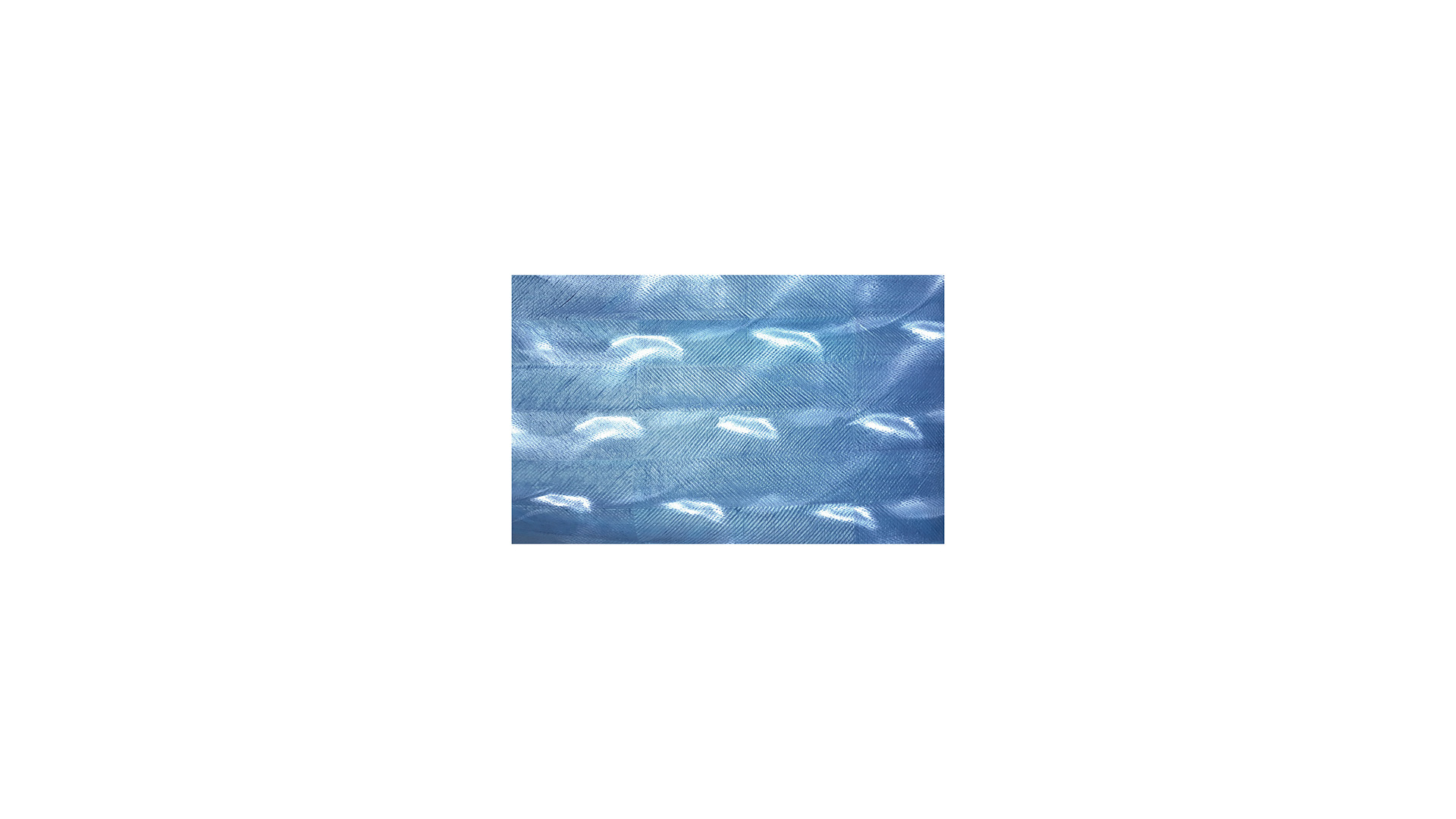
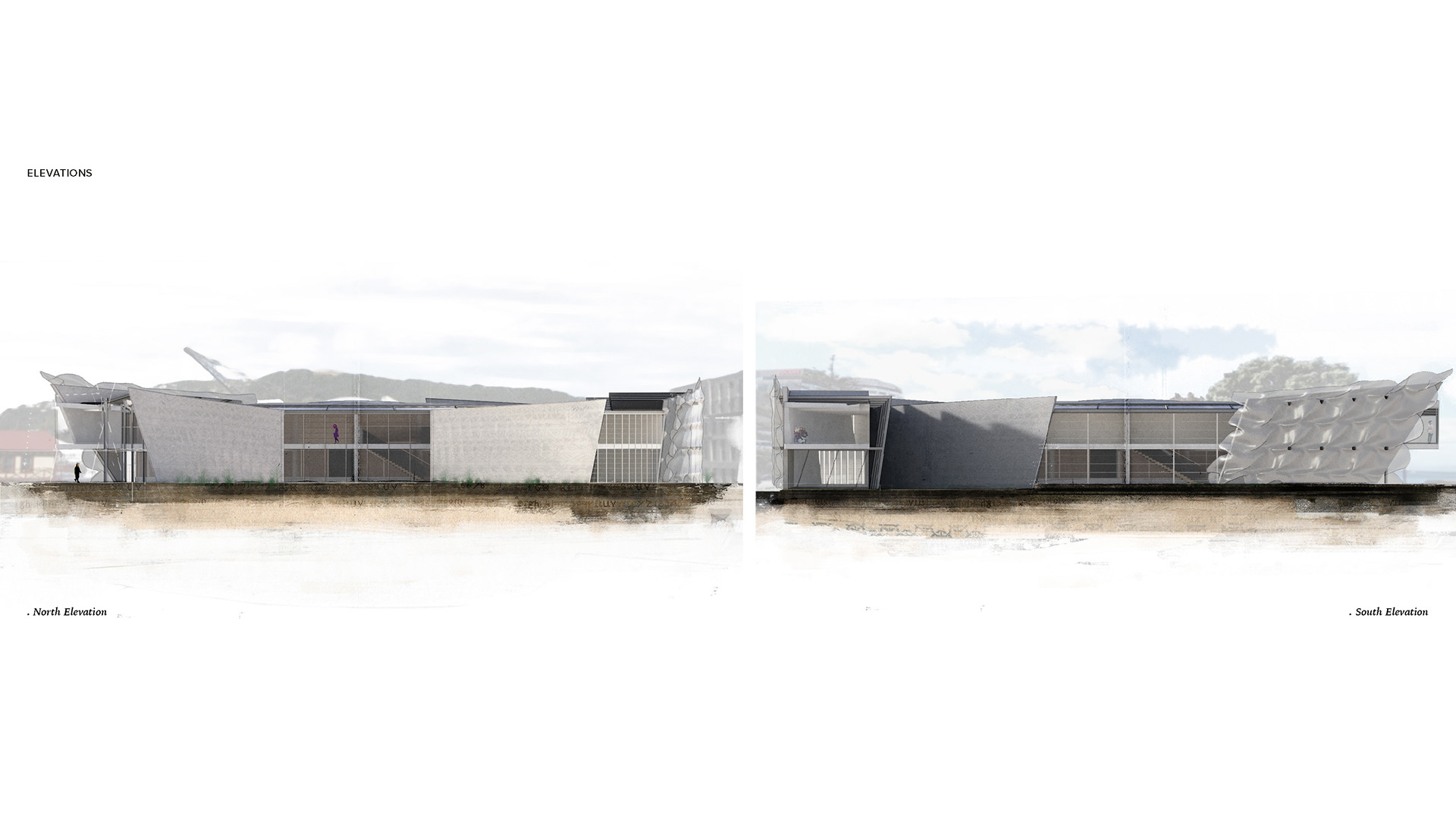

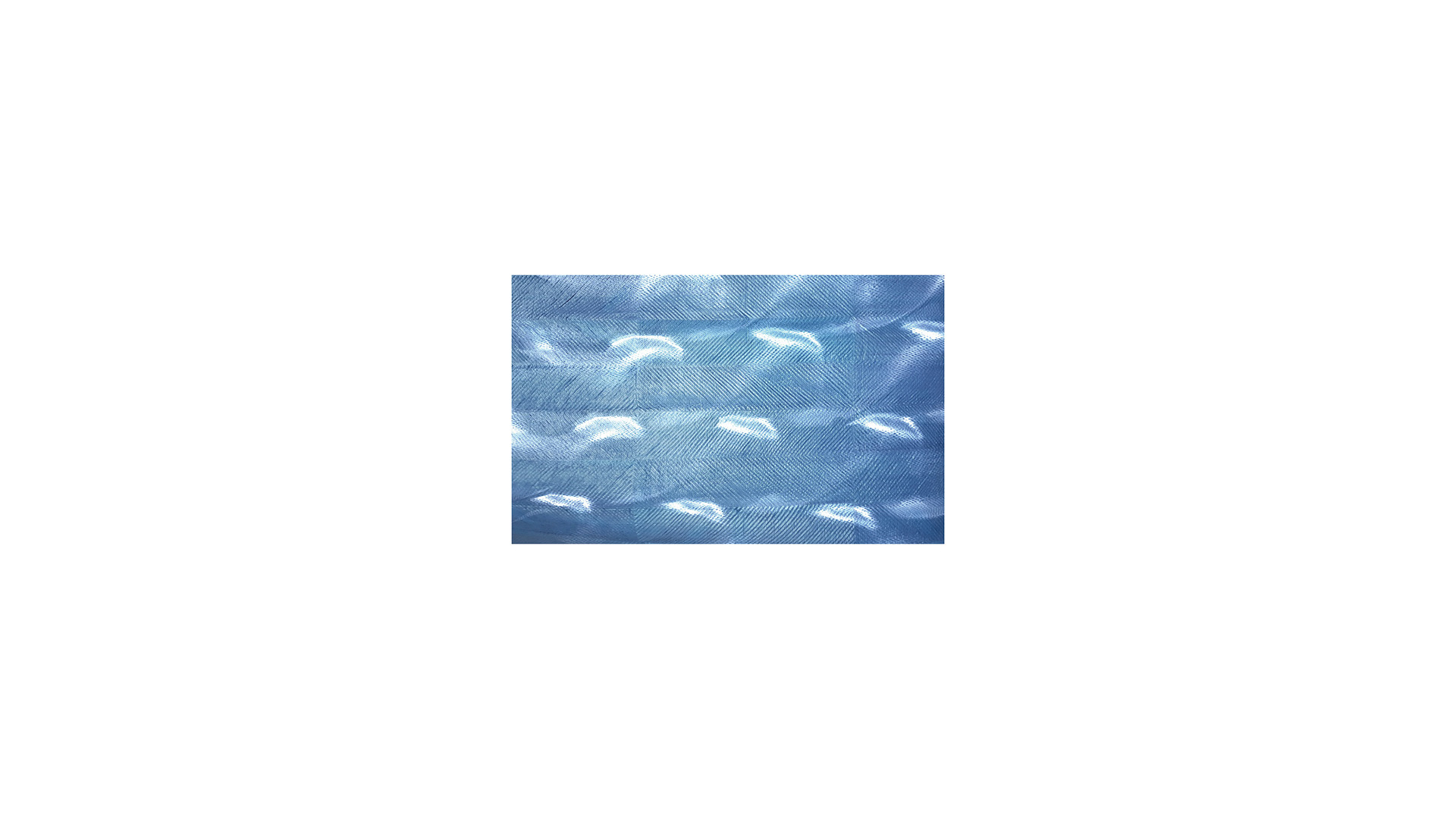




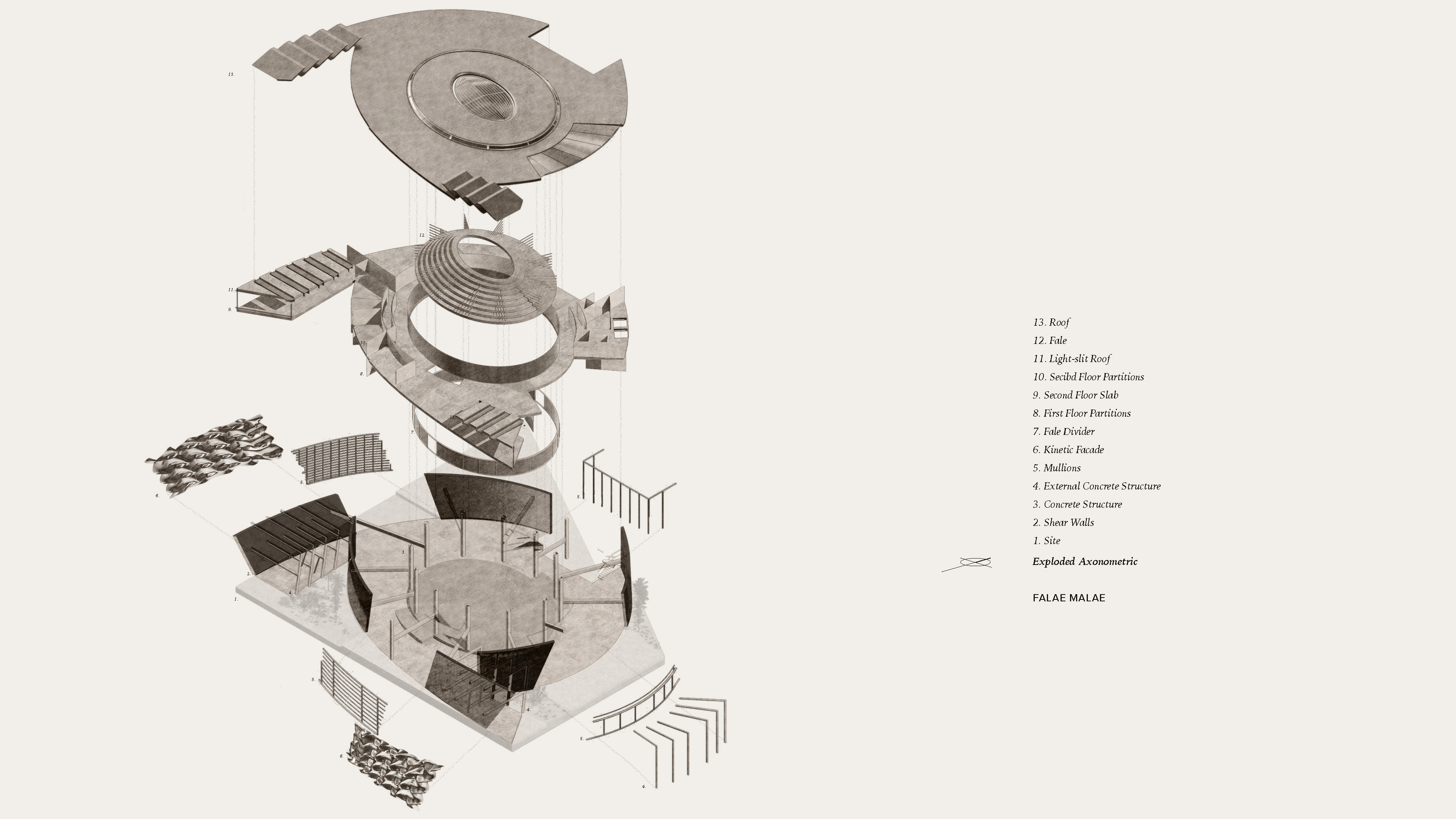
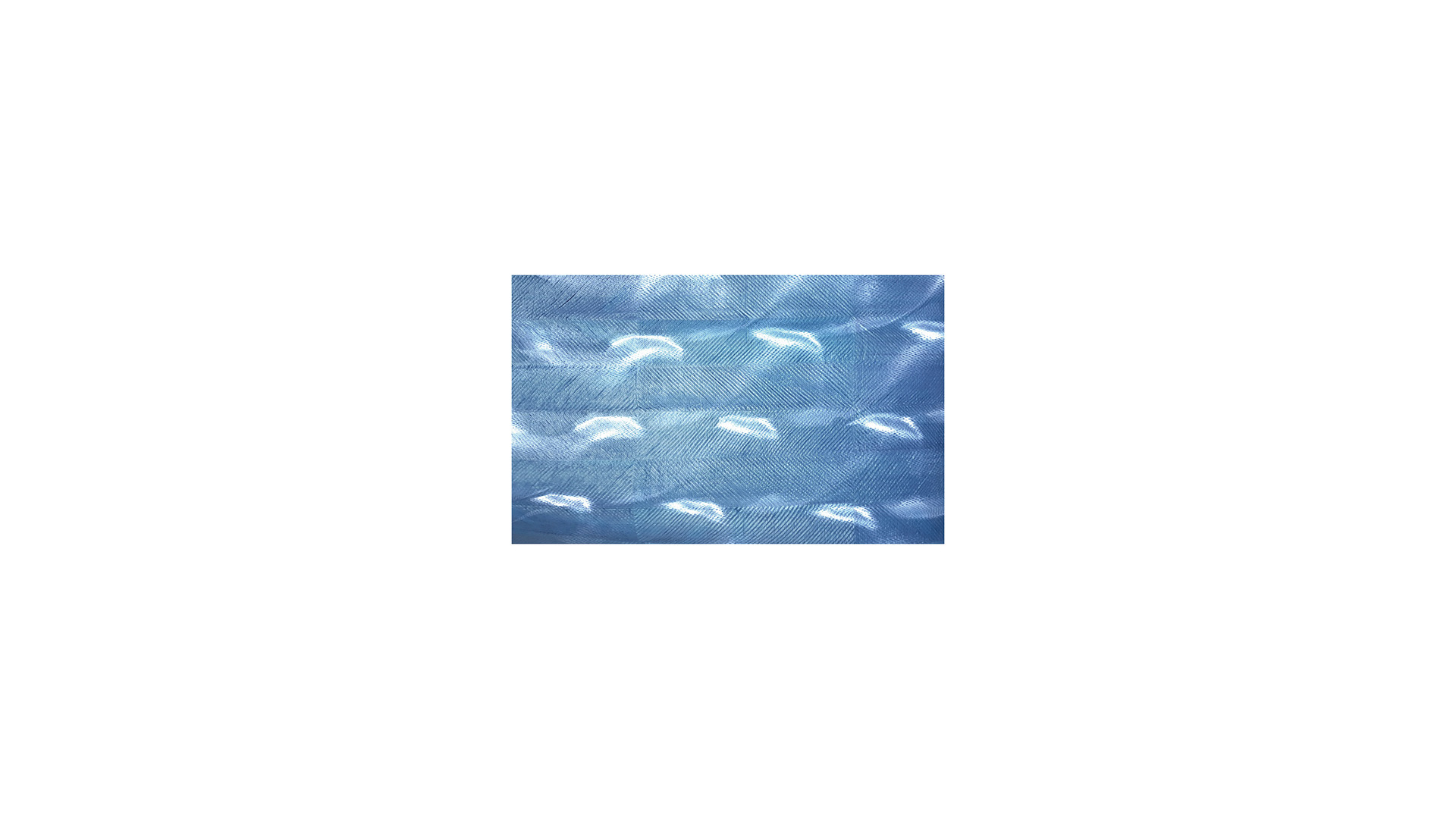



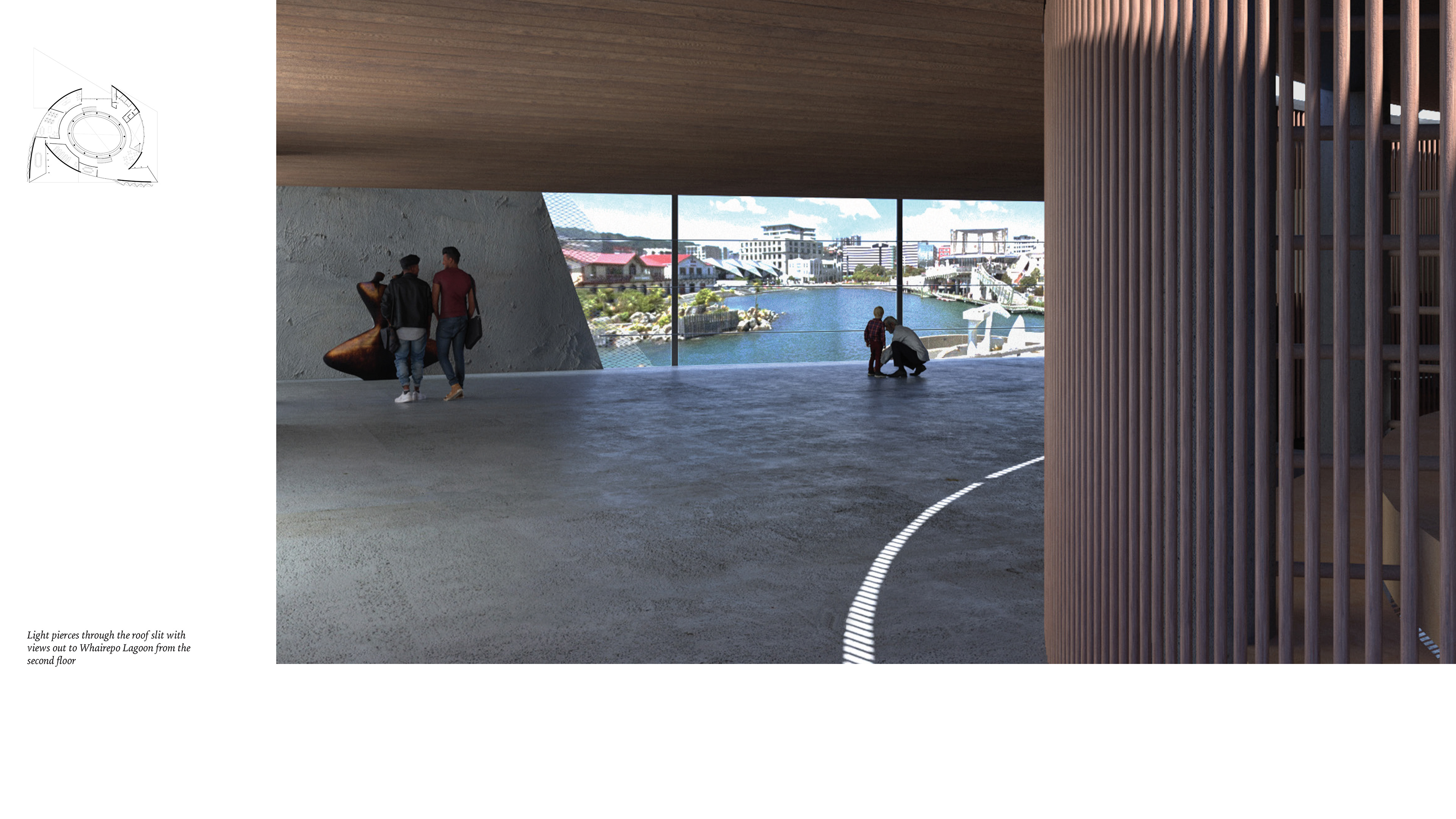

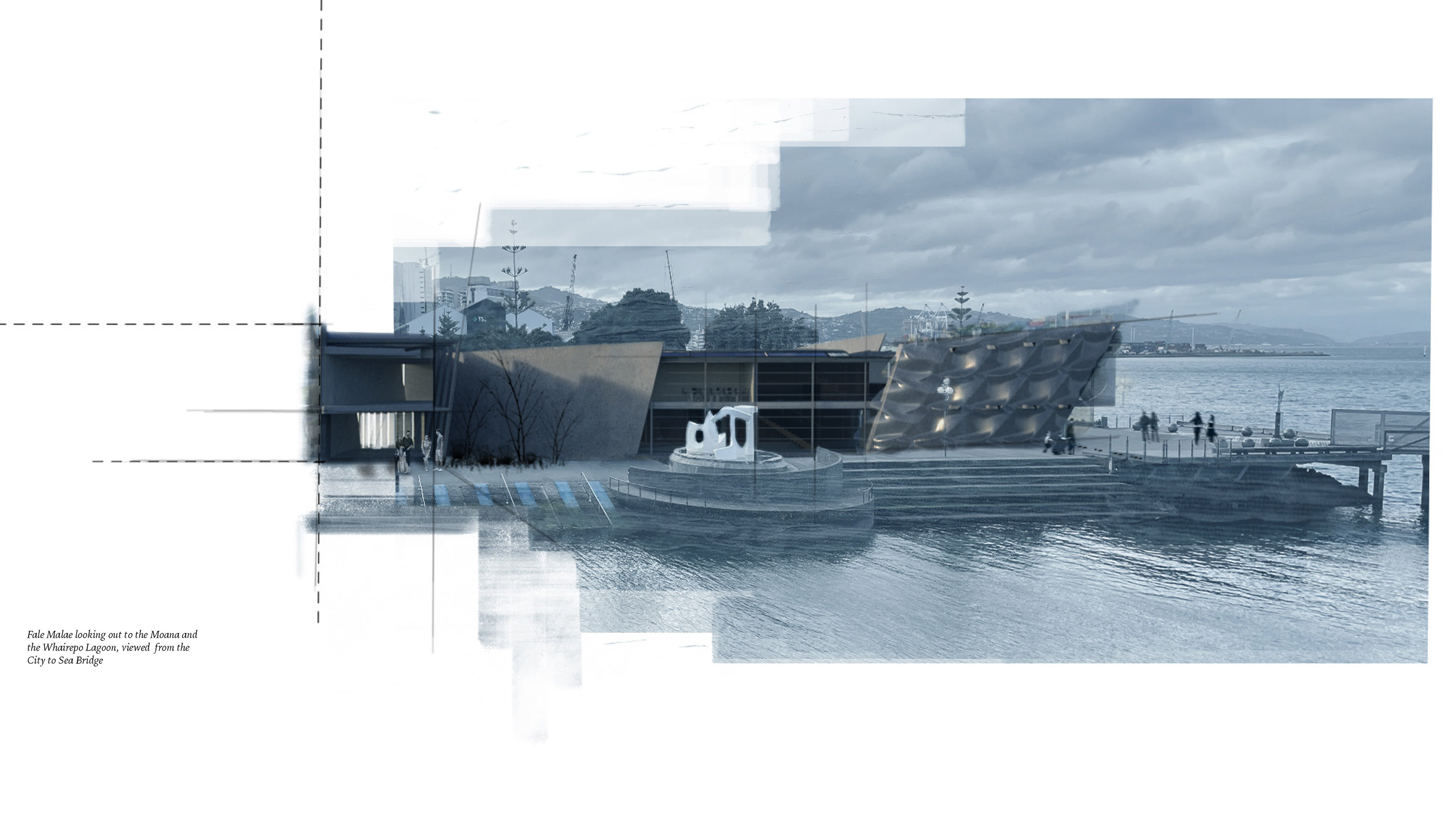


ARCHITECTURE DESIGN II | PROJECT ONE - CONCRETE | FALE MALAE
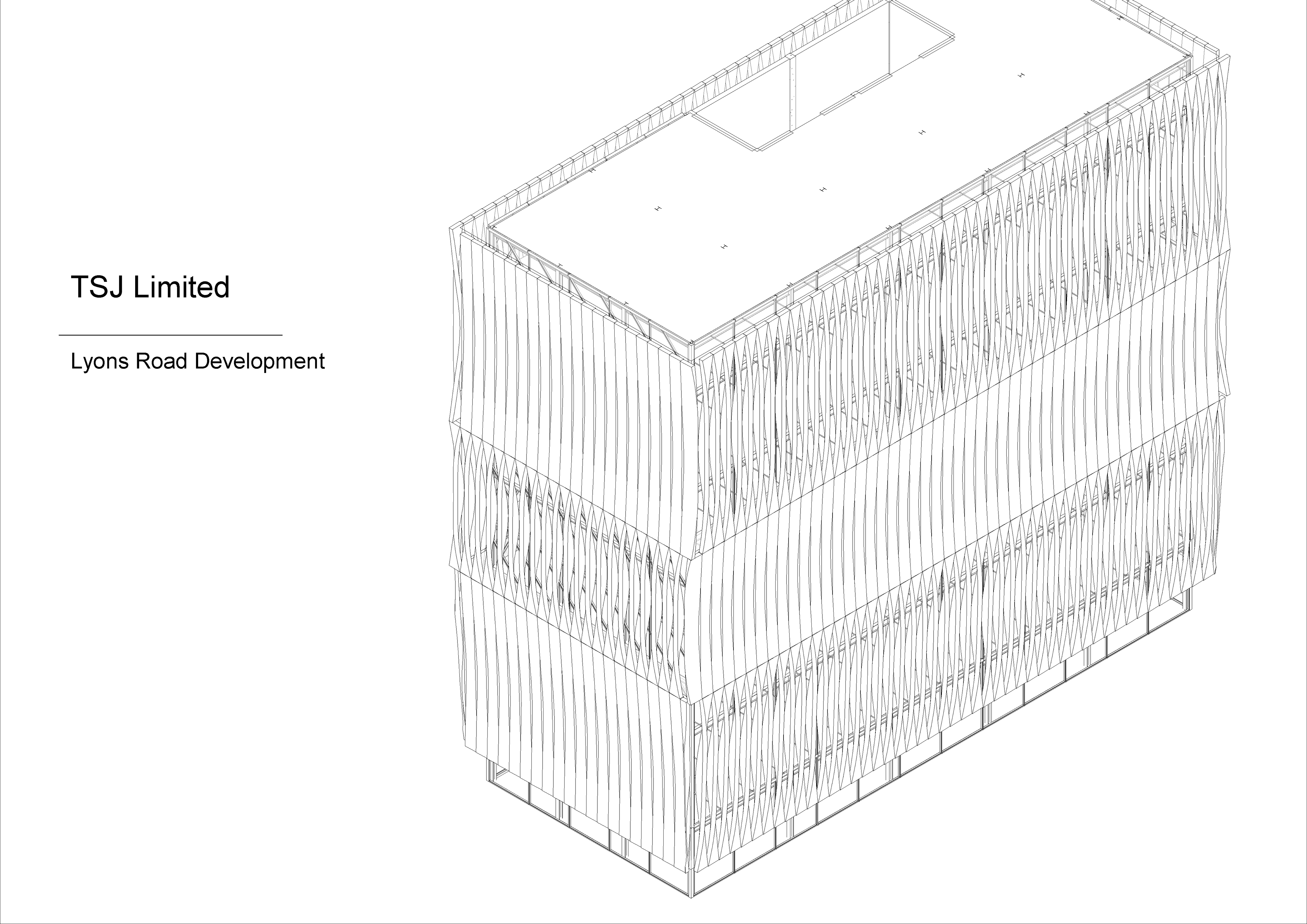
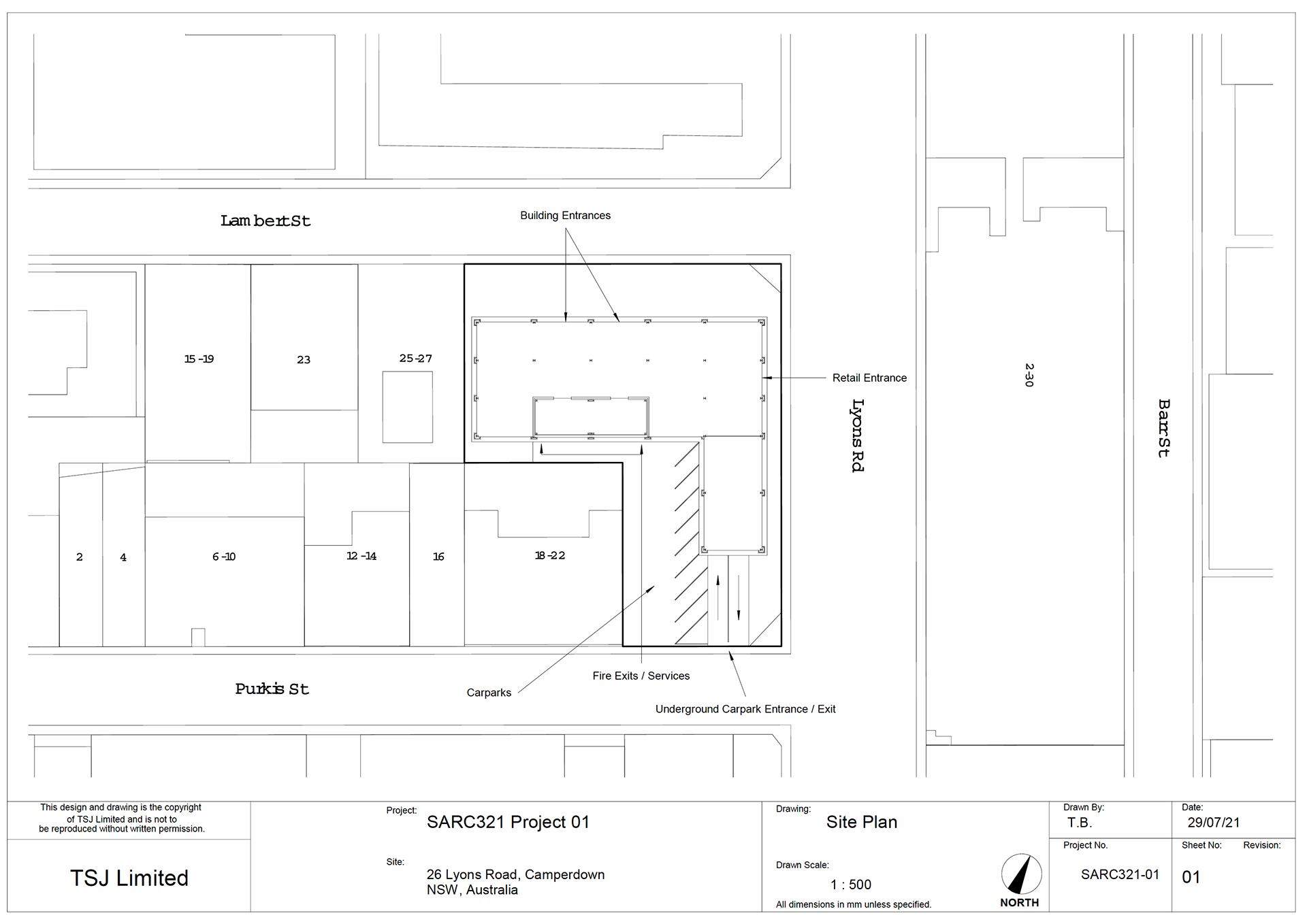
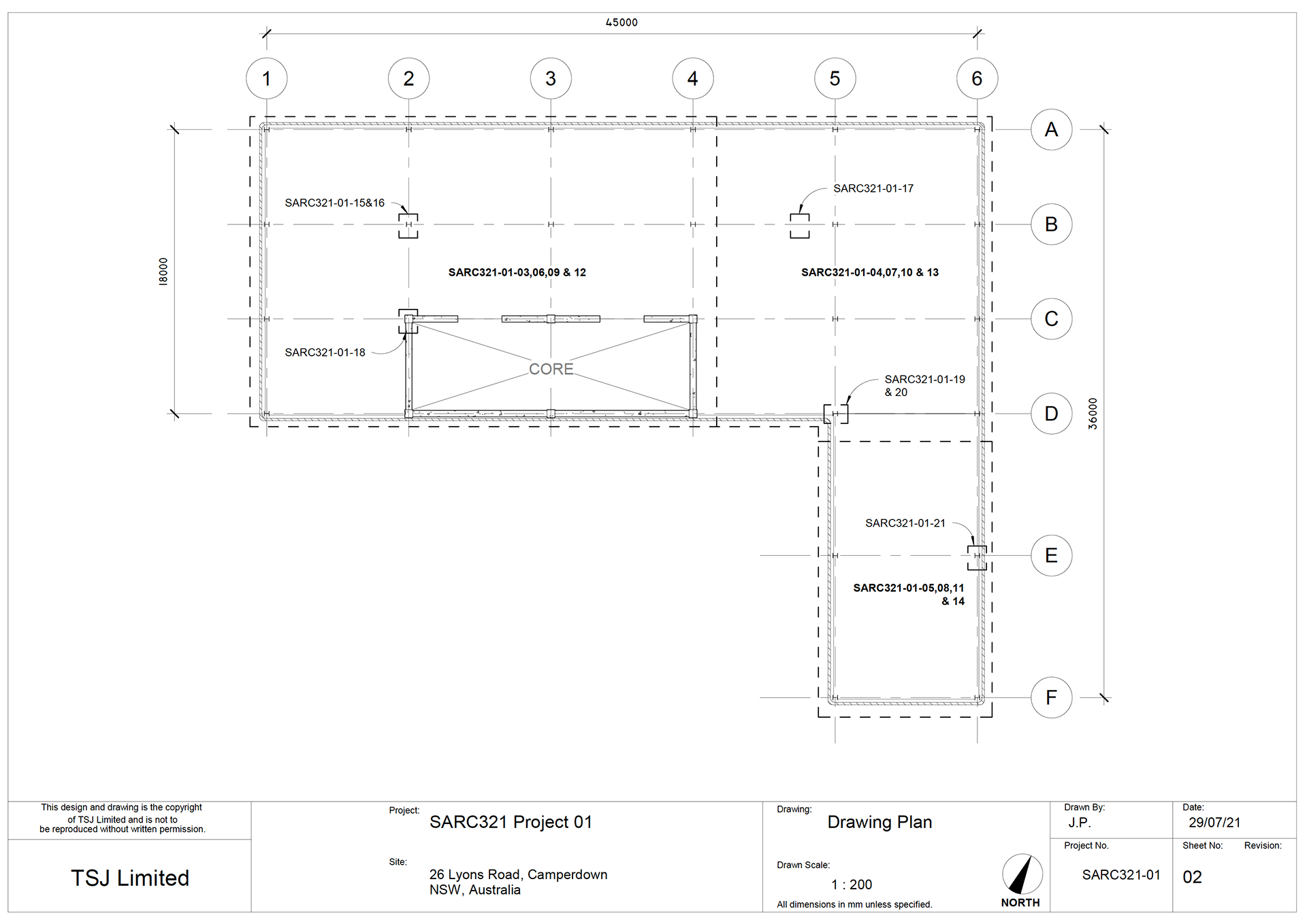
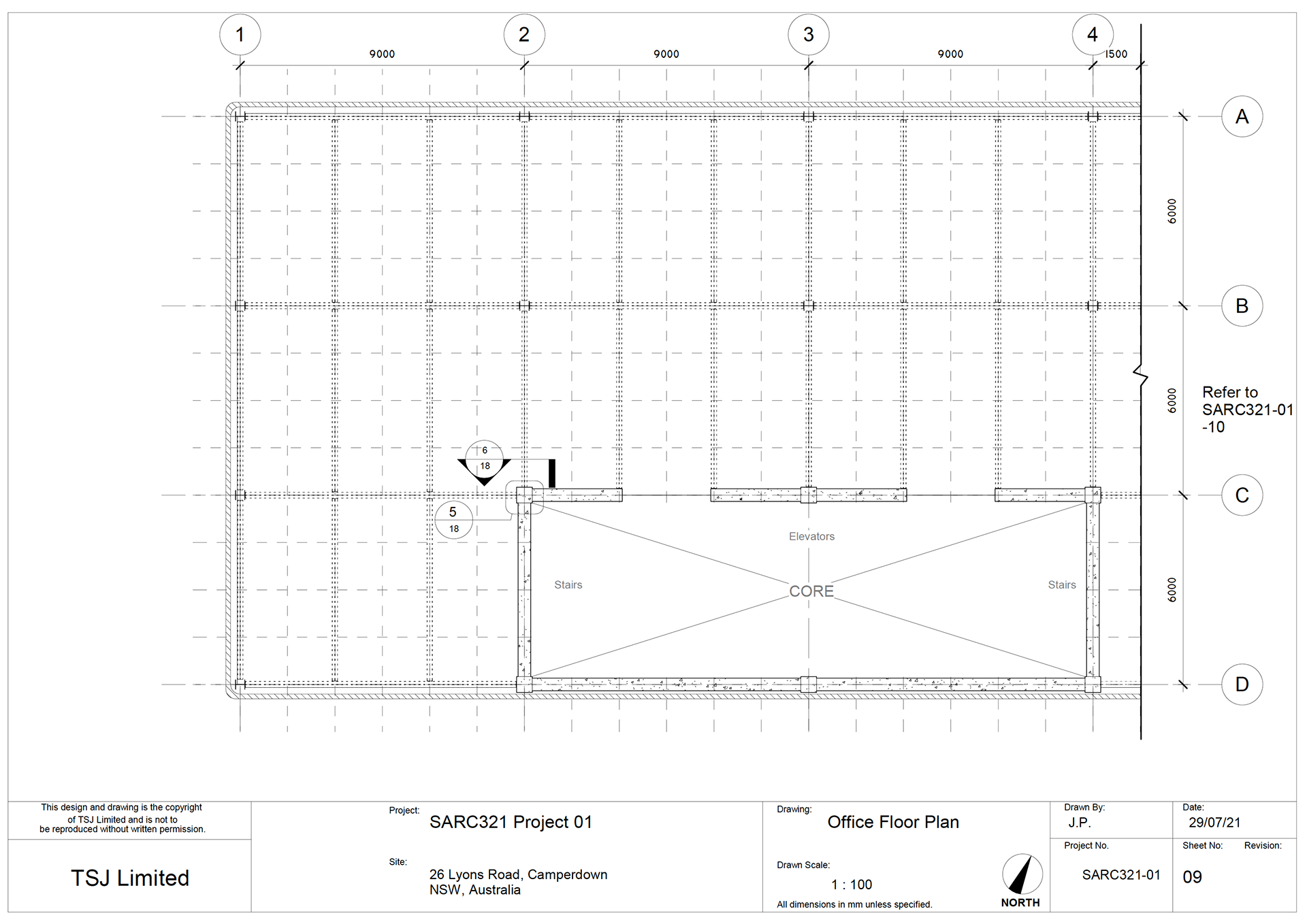
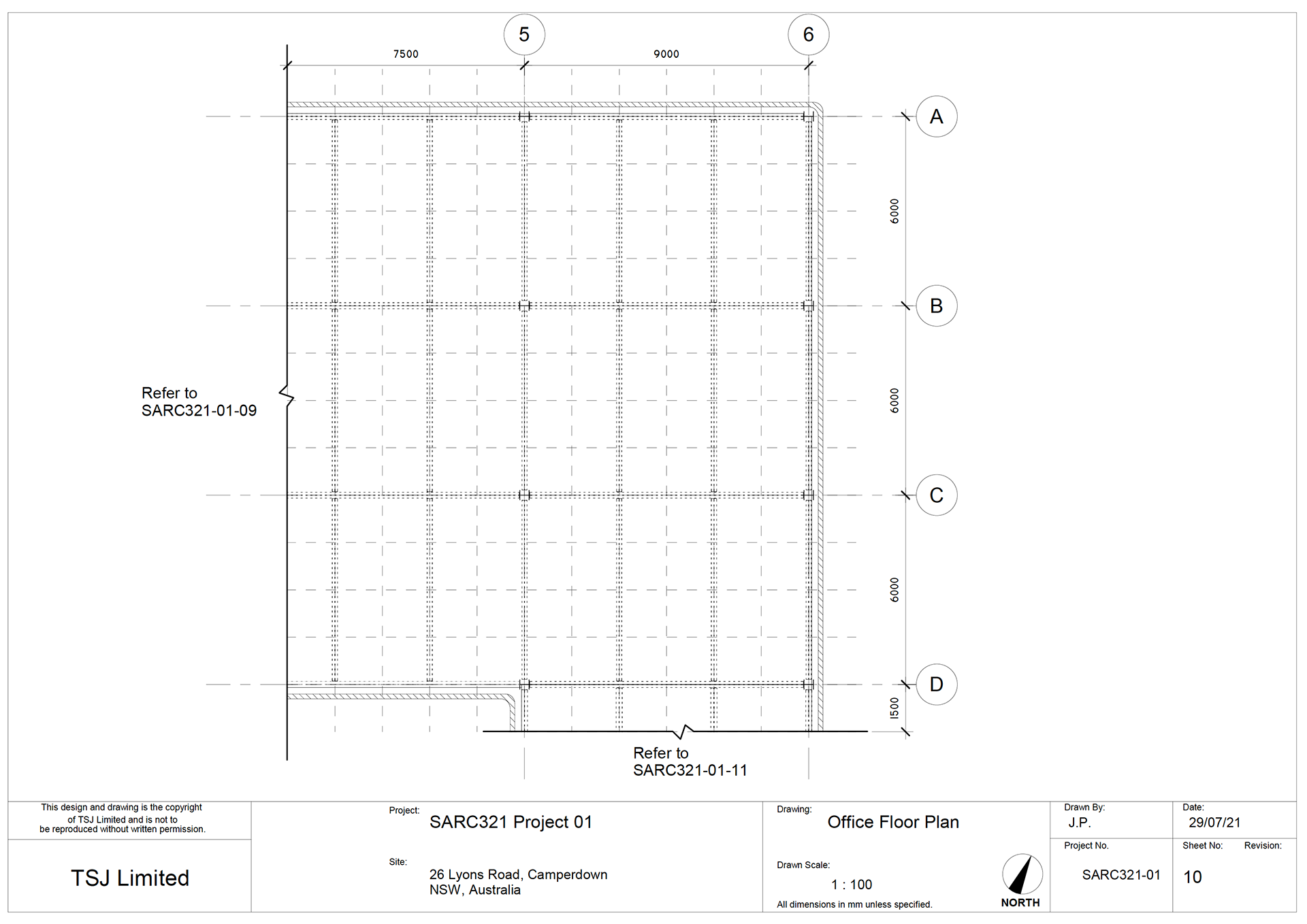

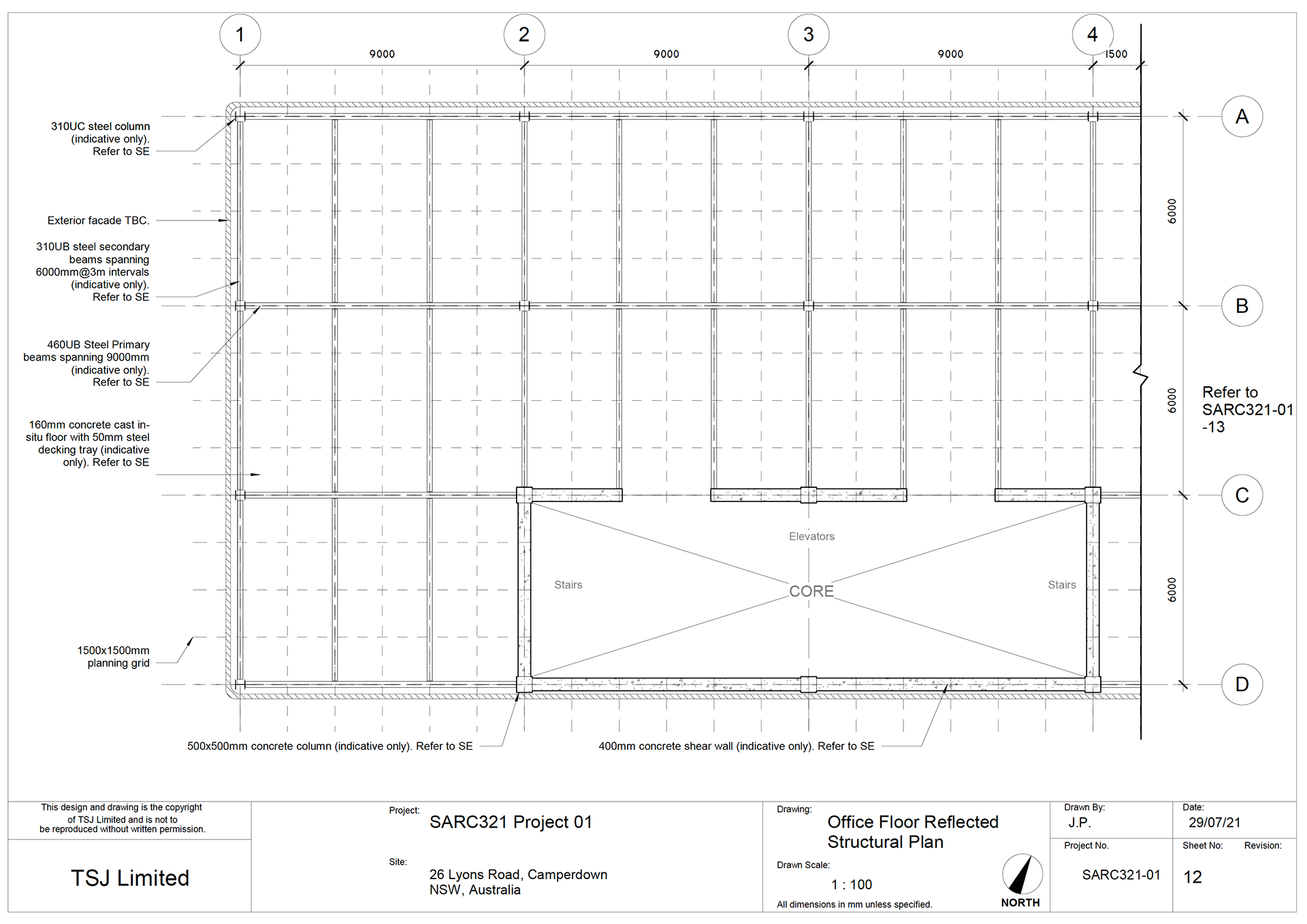


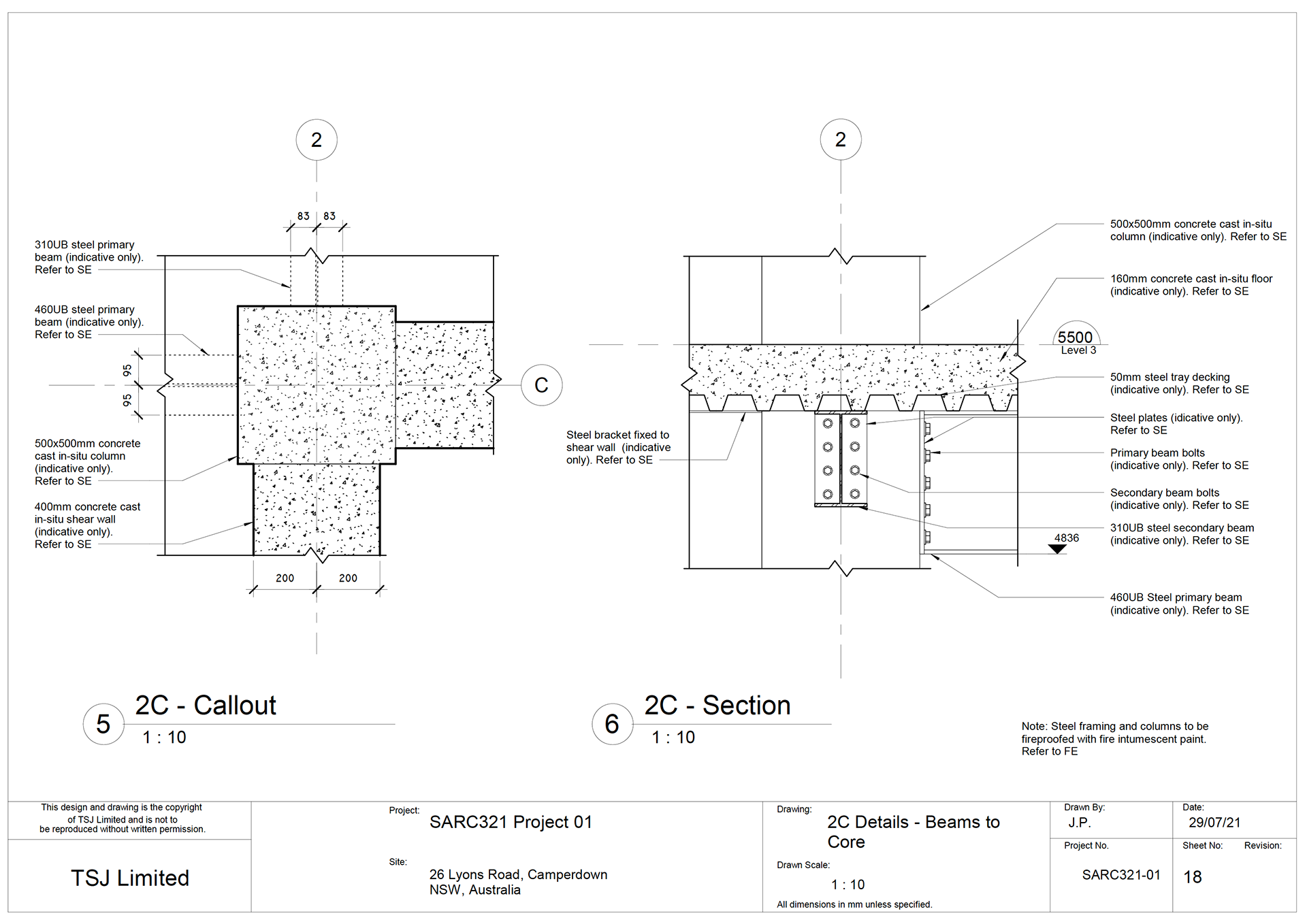
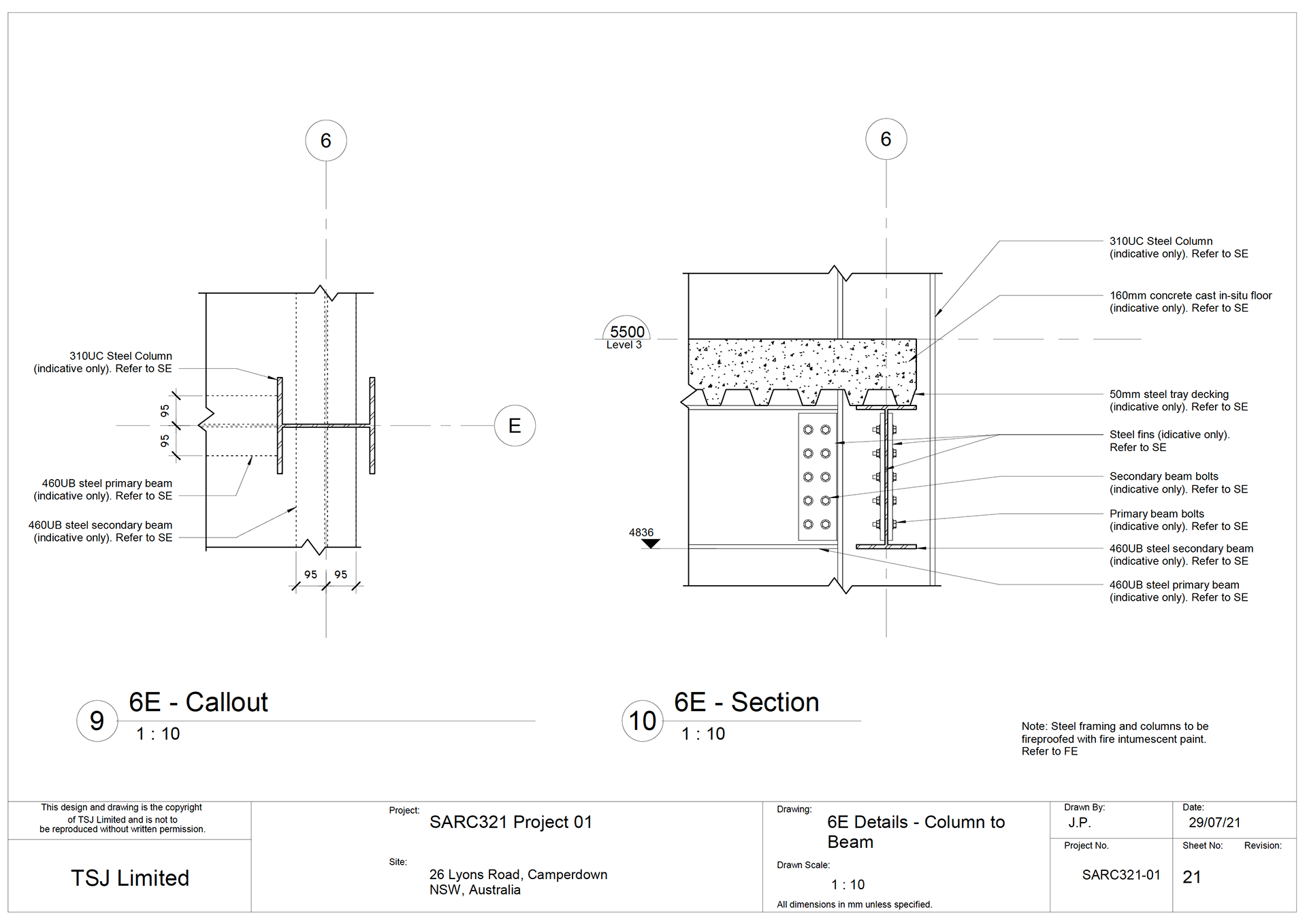

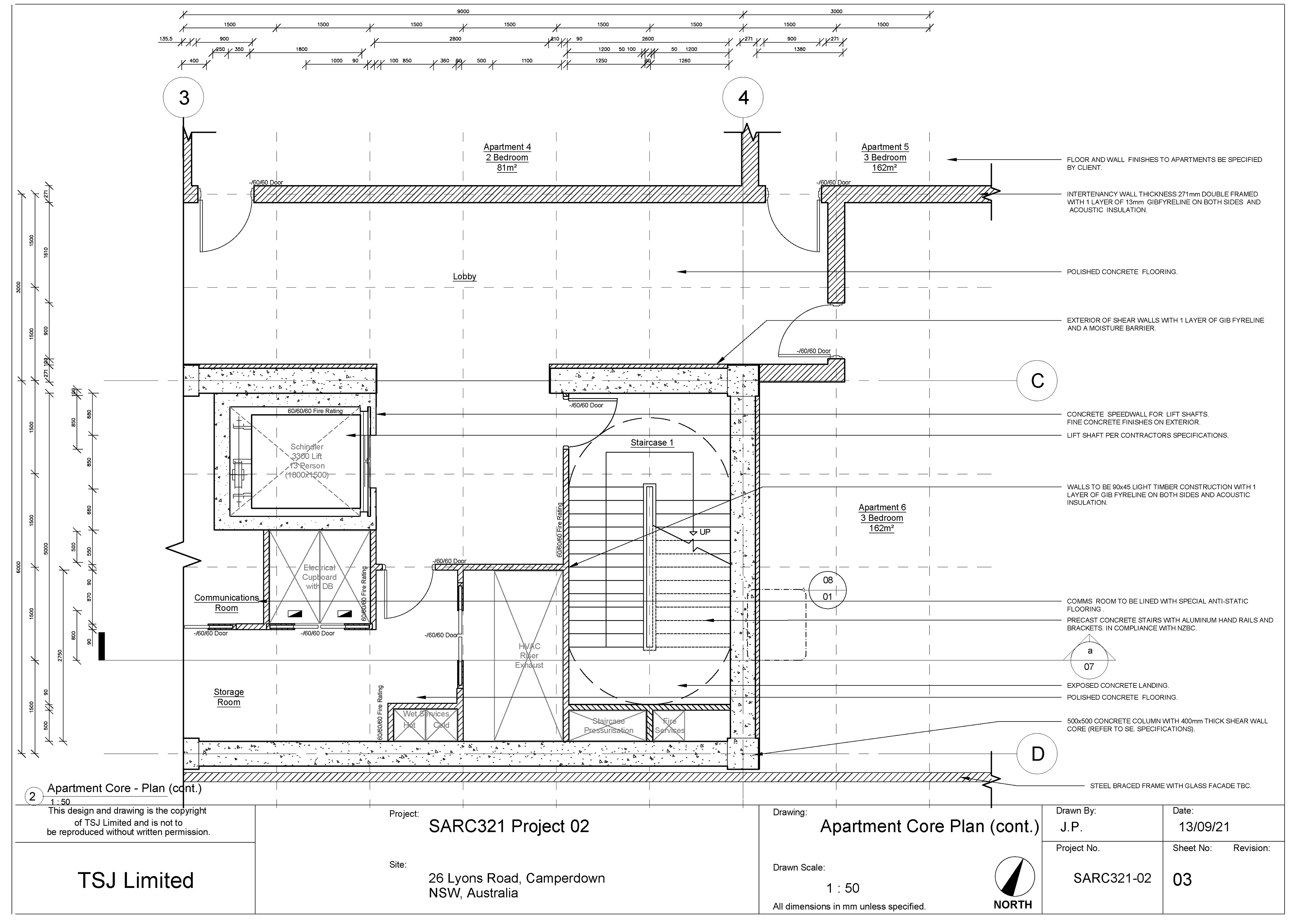
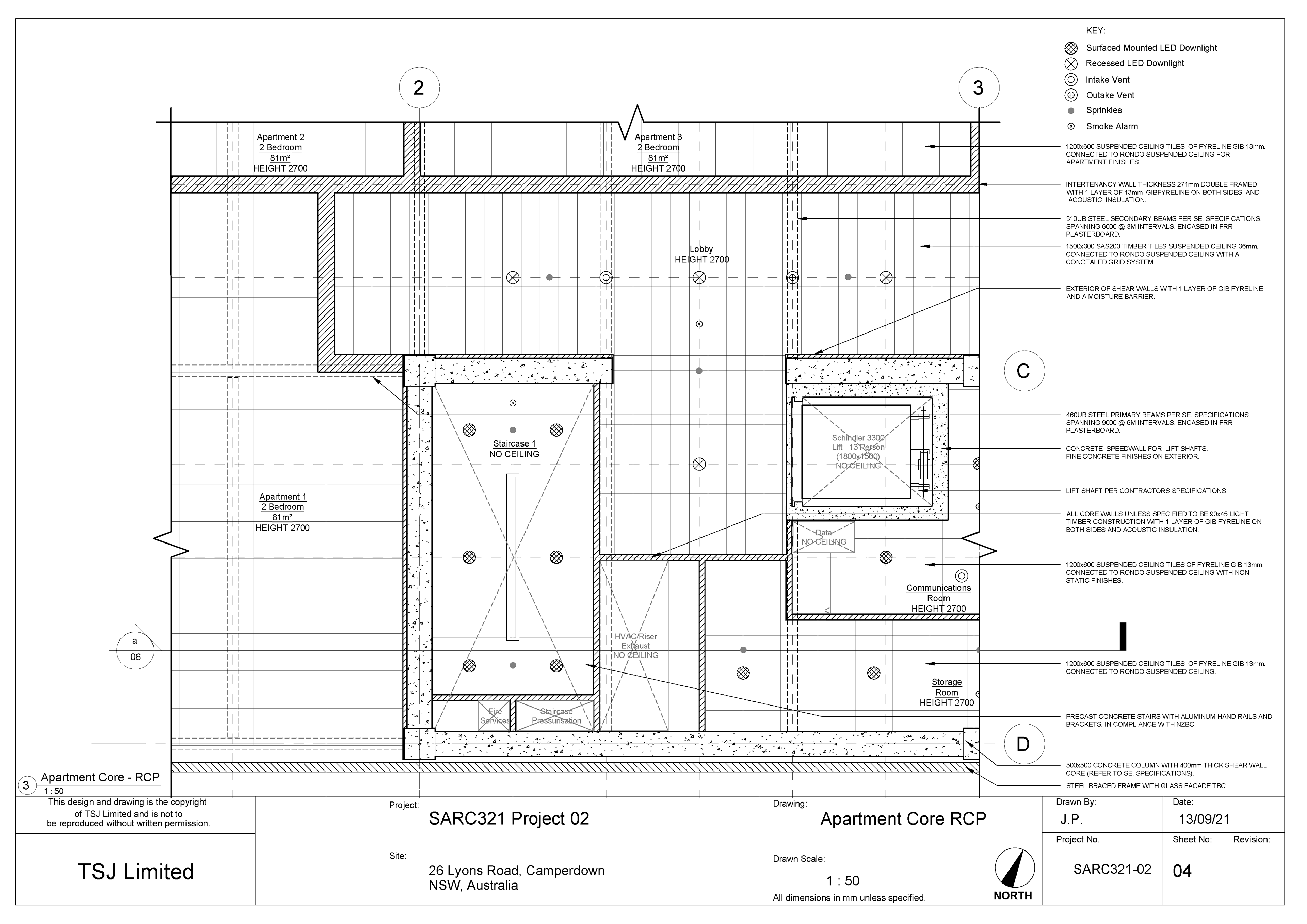

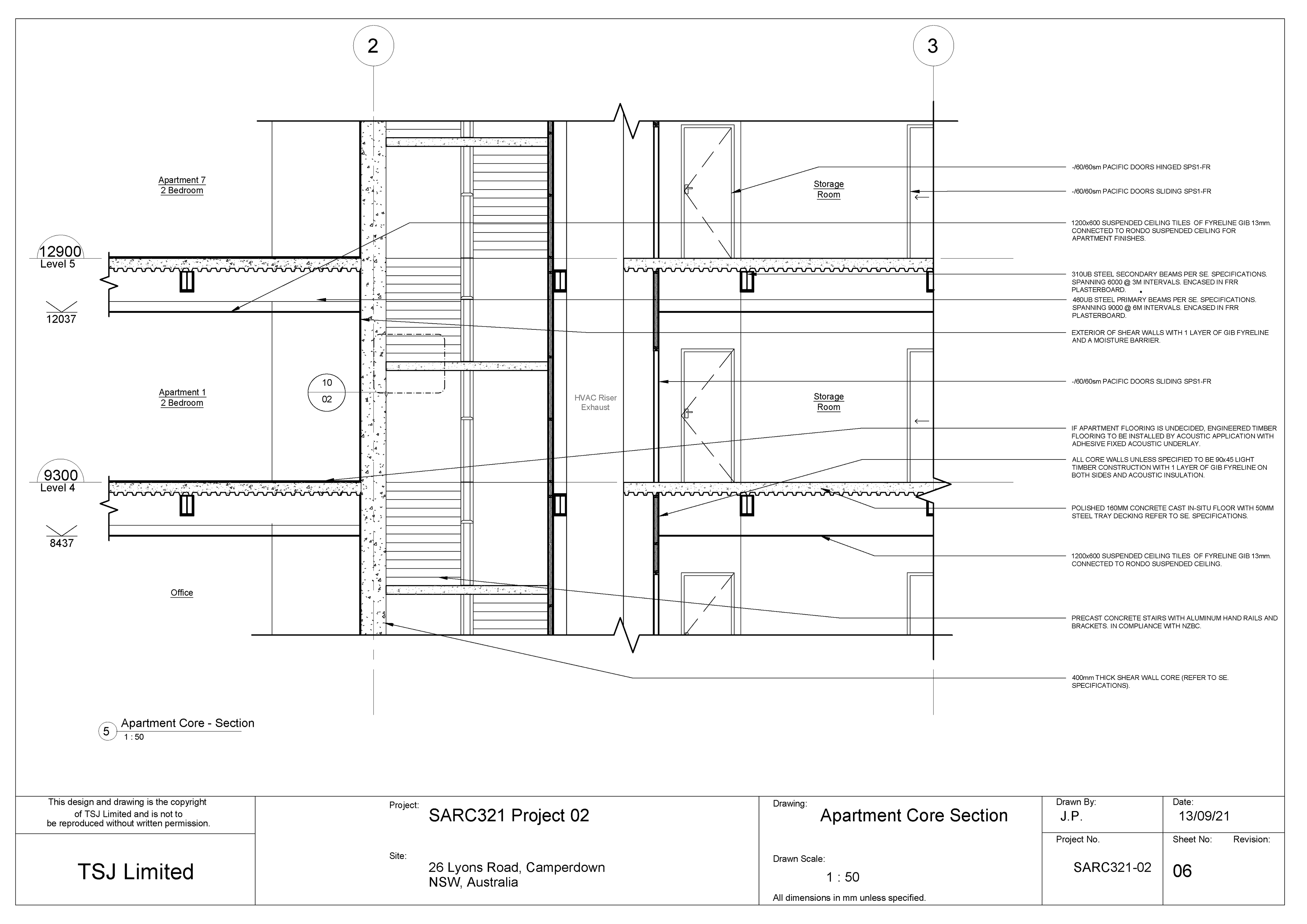
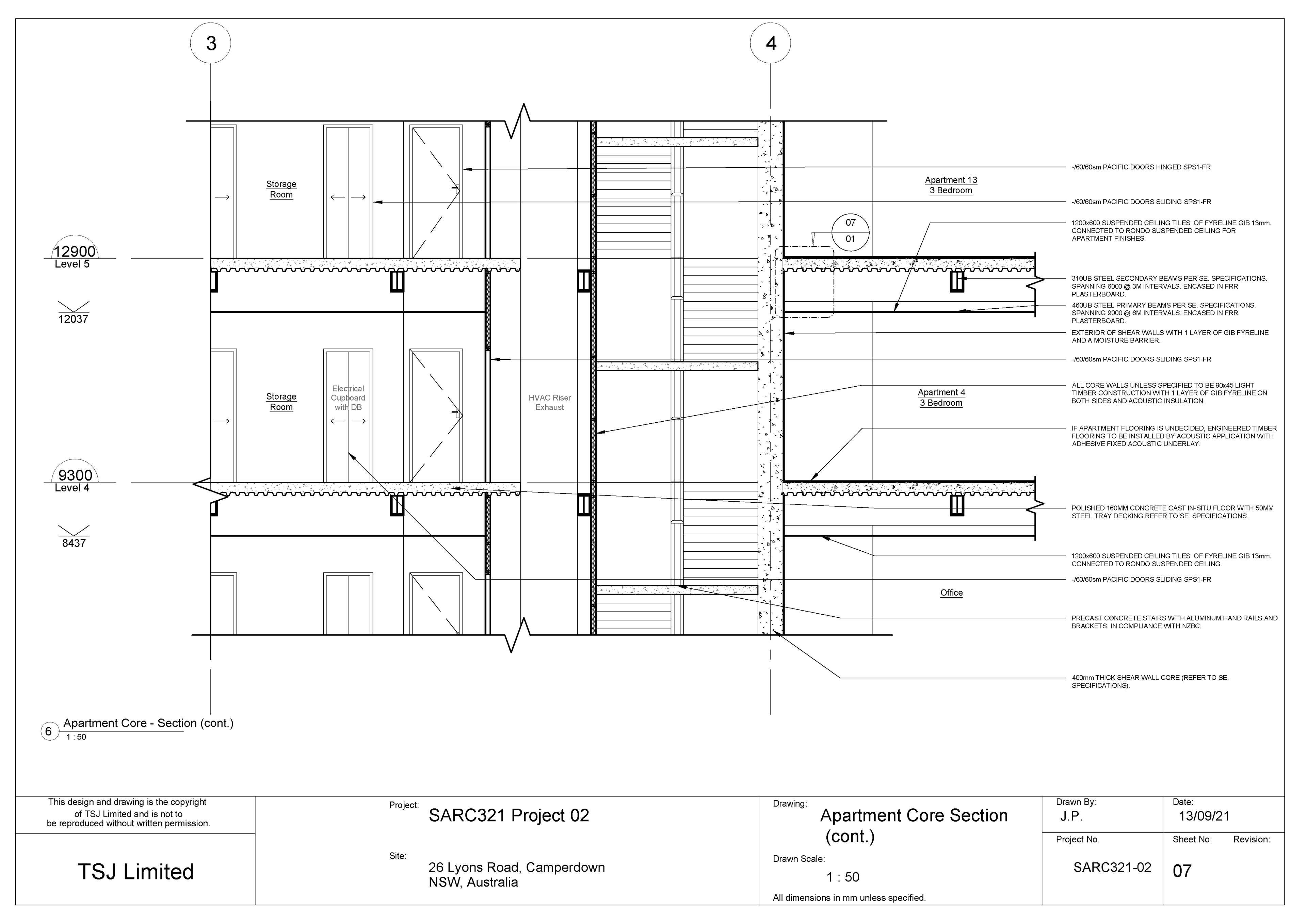
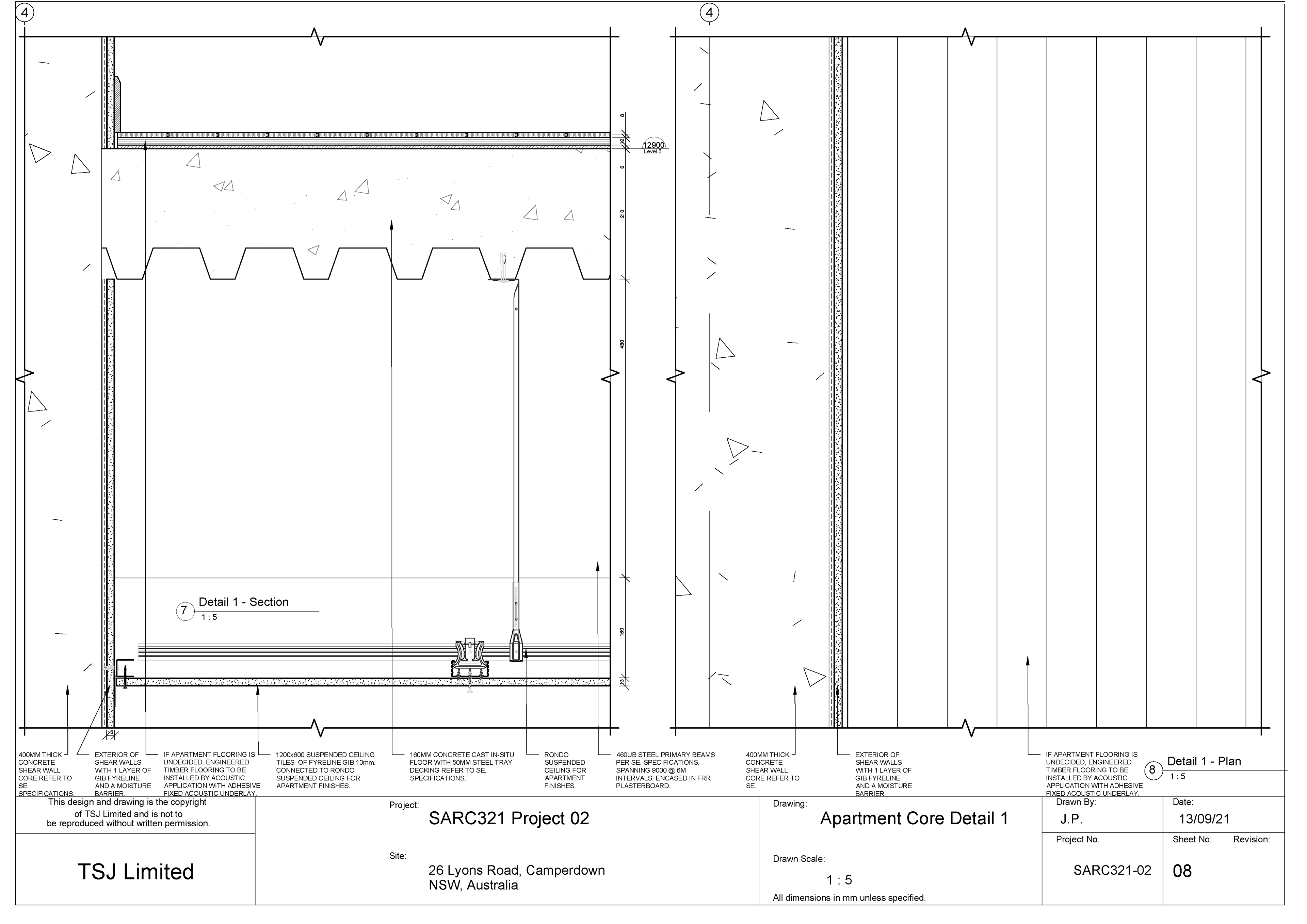

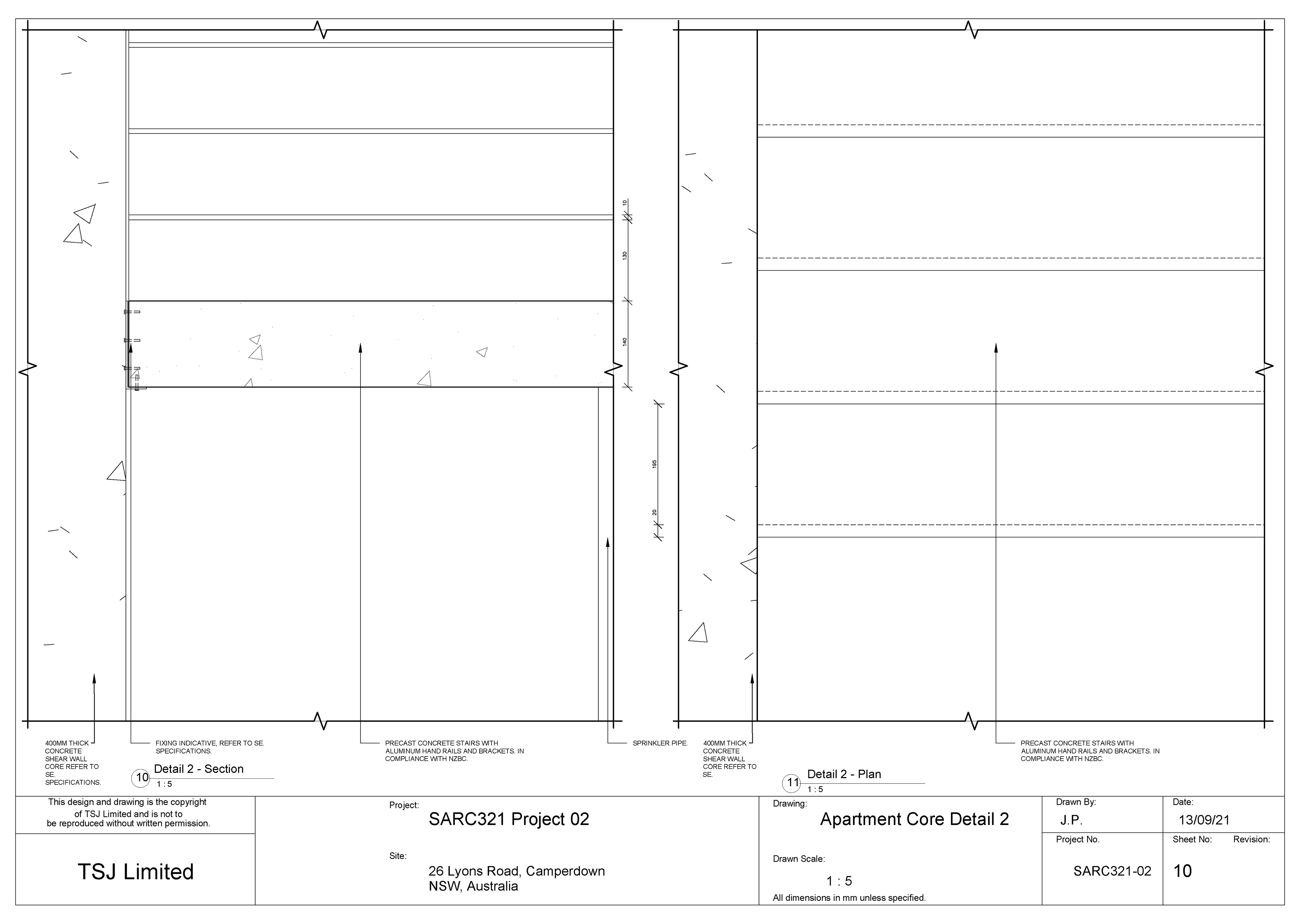

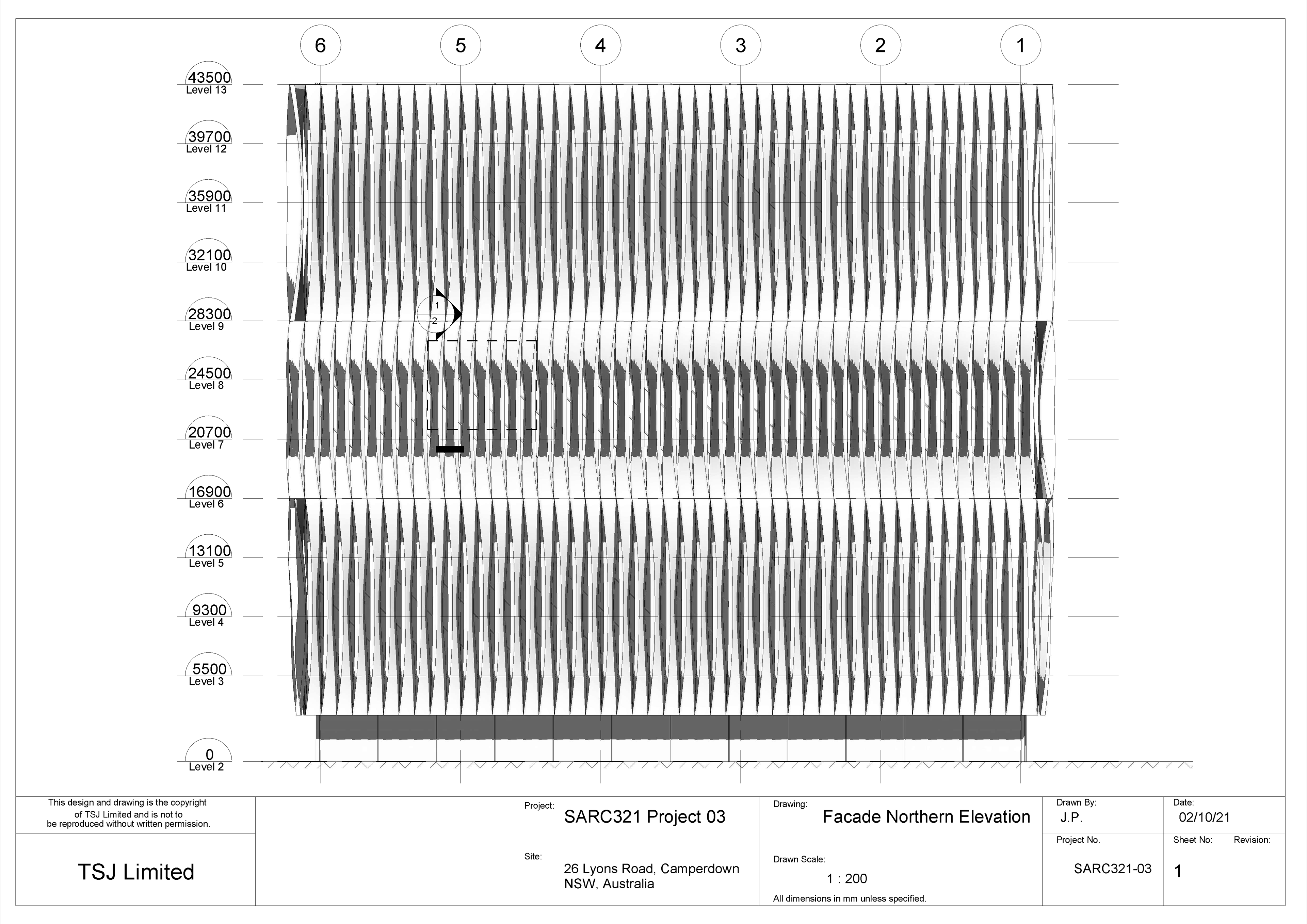

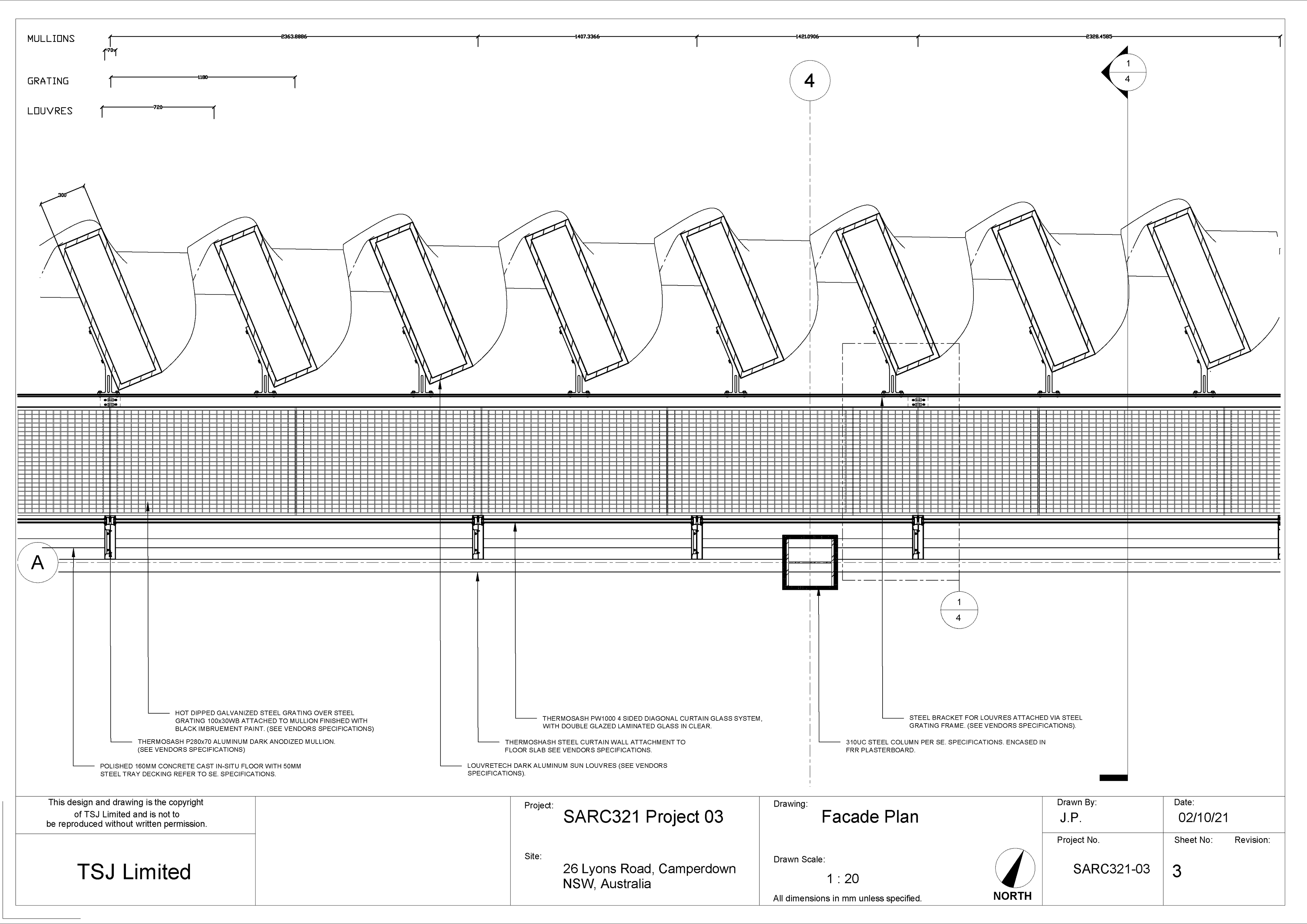
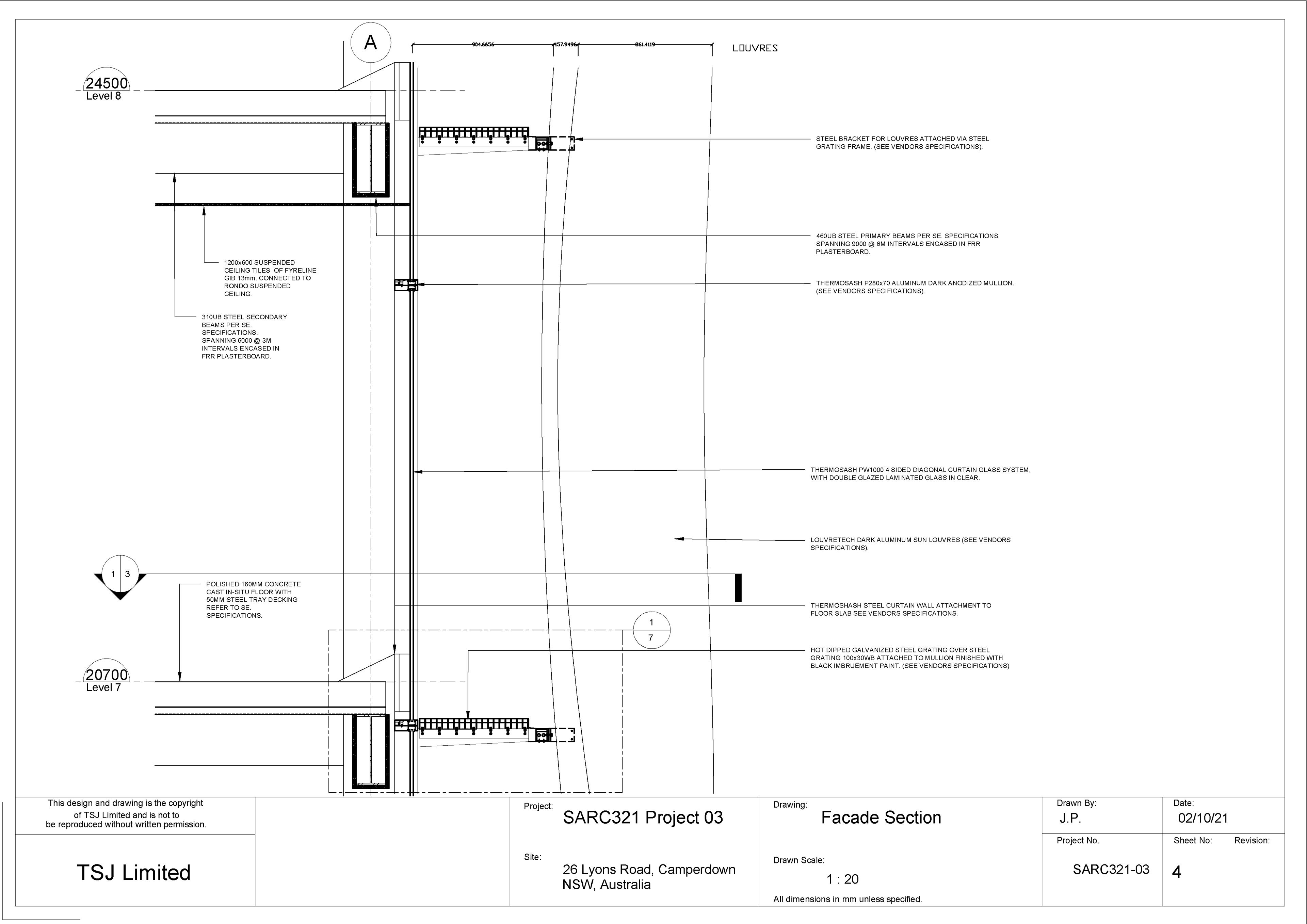
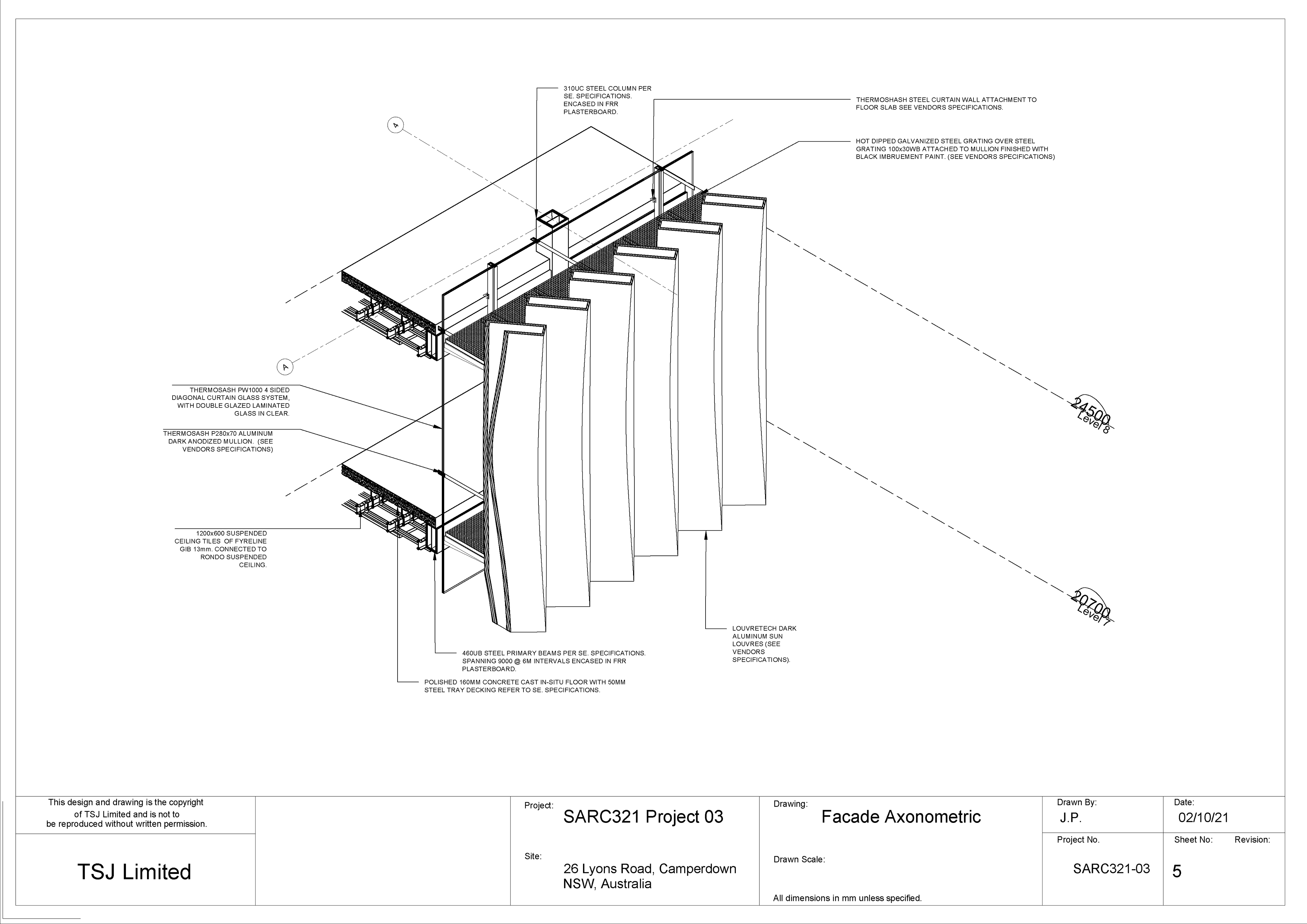
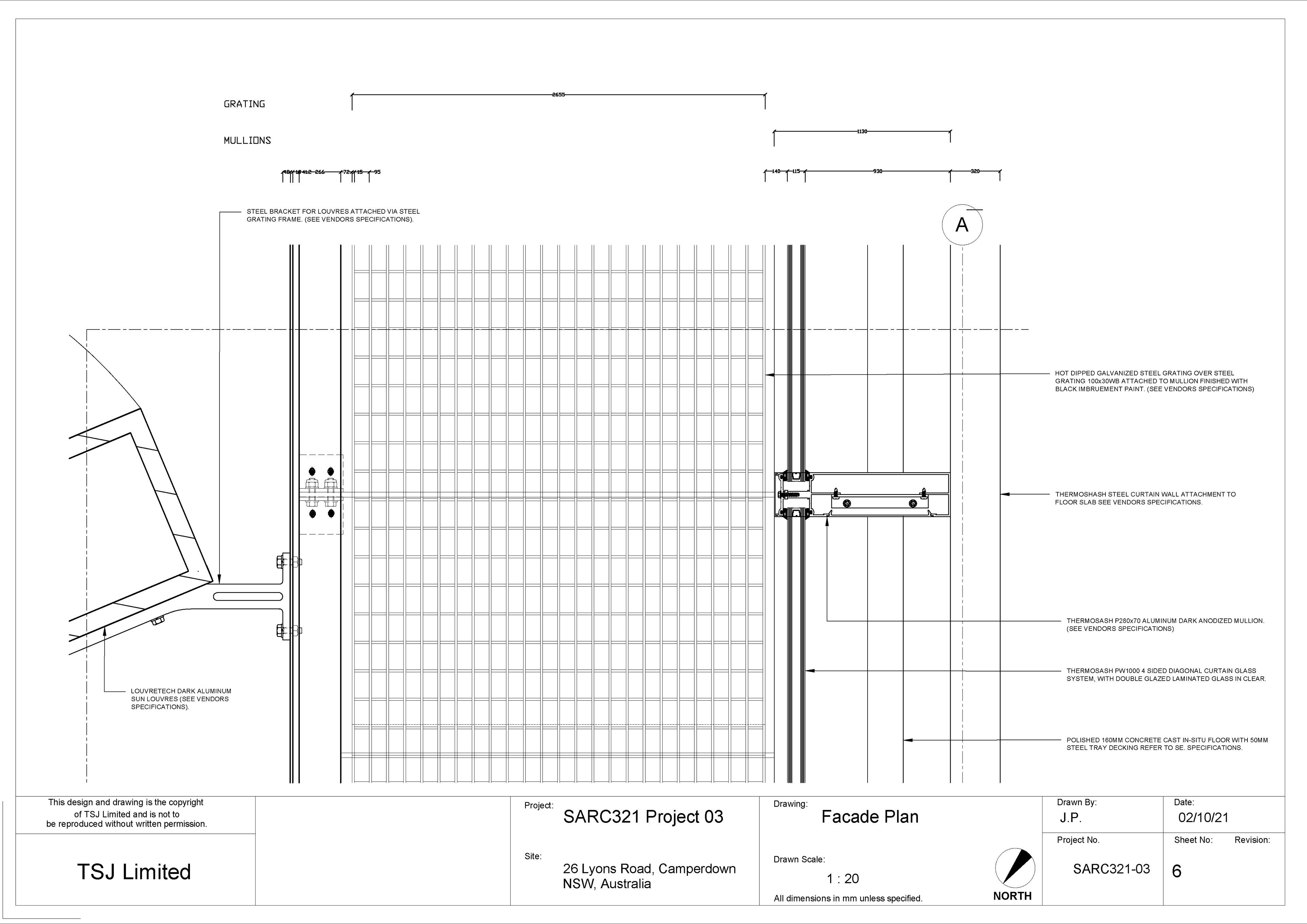
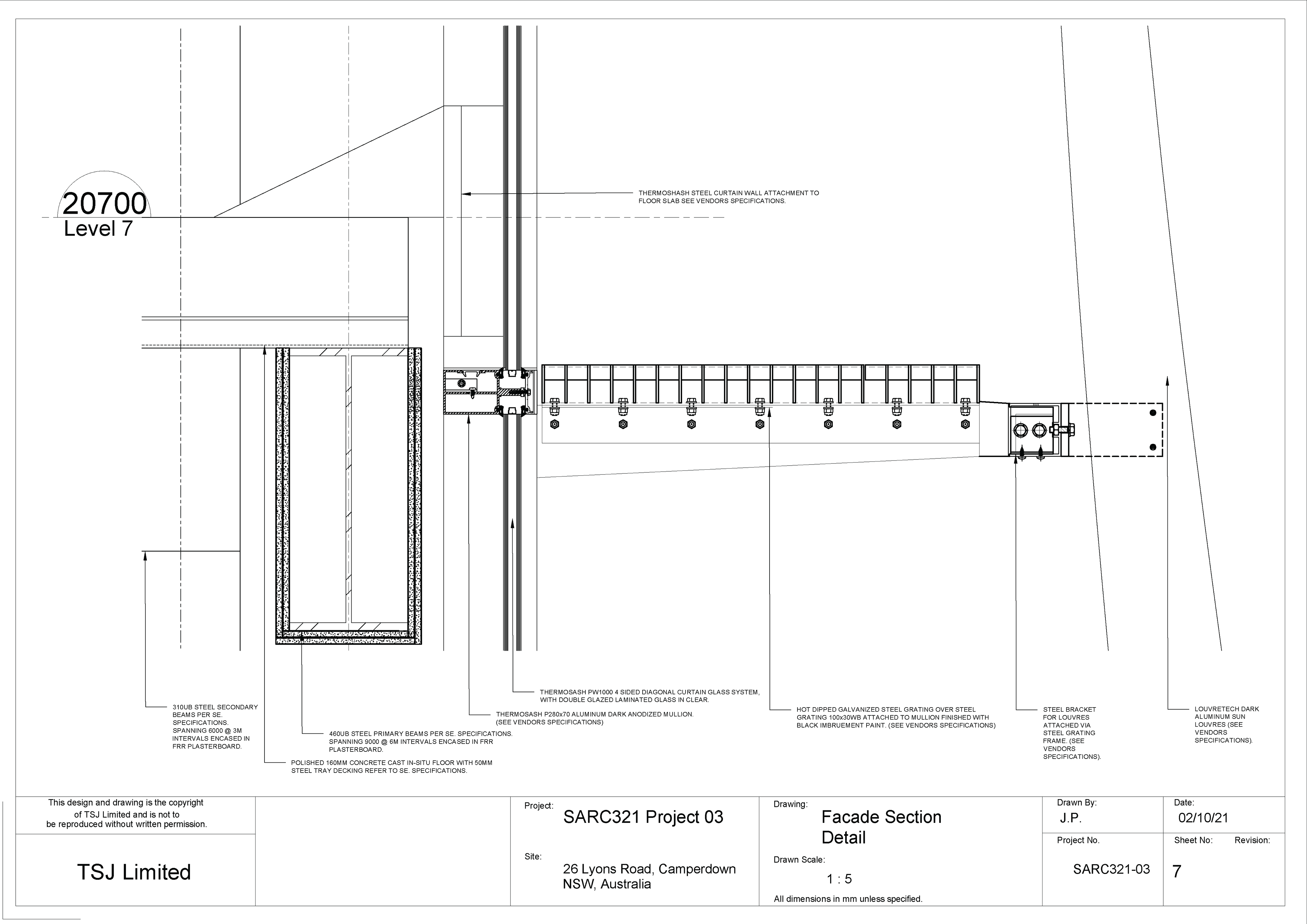
CONSTRUCTION | STRUCTURE / CORE / FACADE | 26 LYONS ROAD